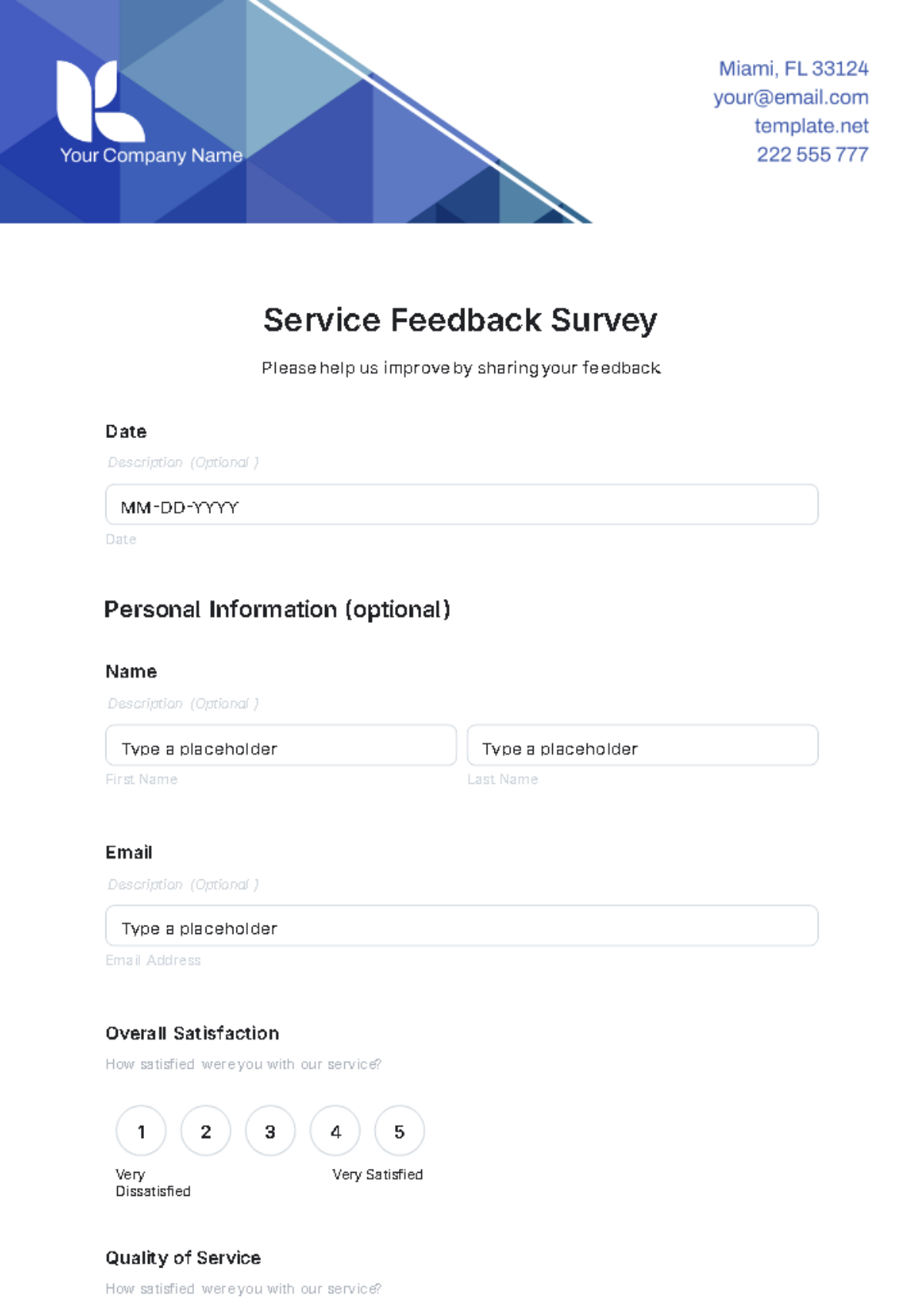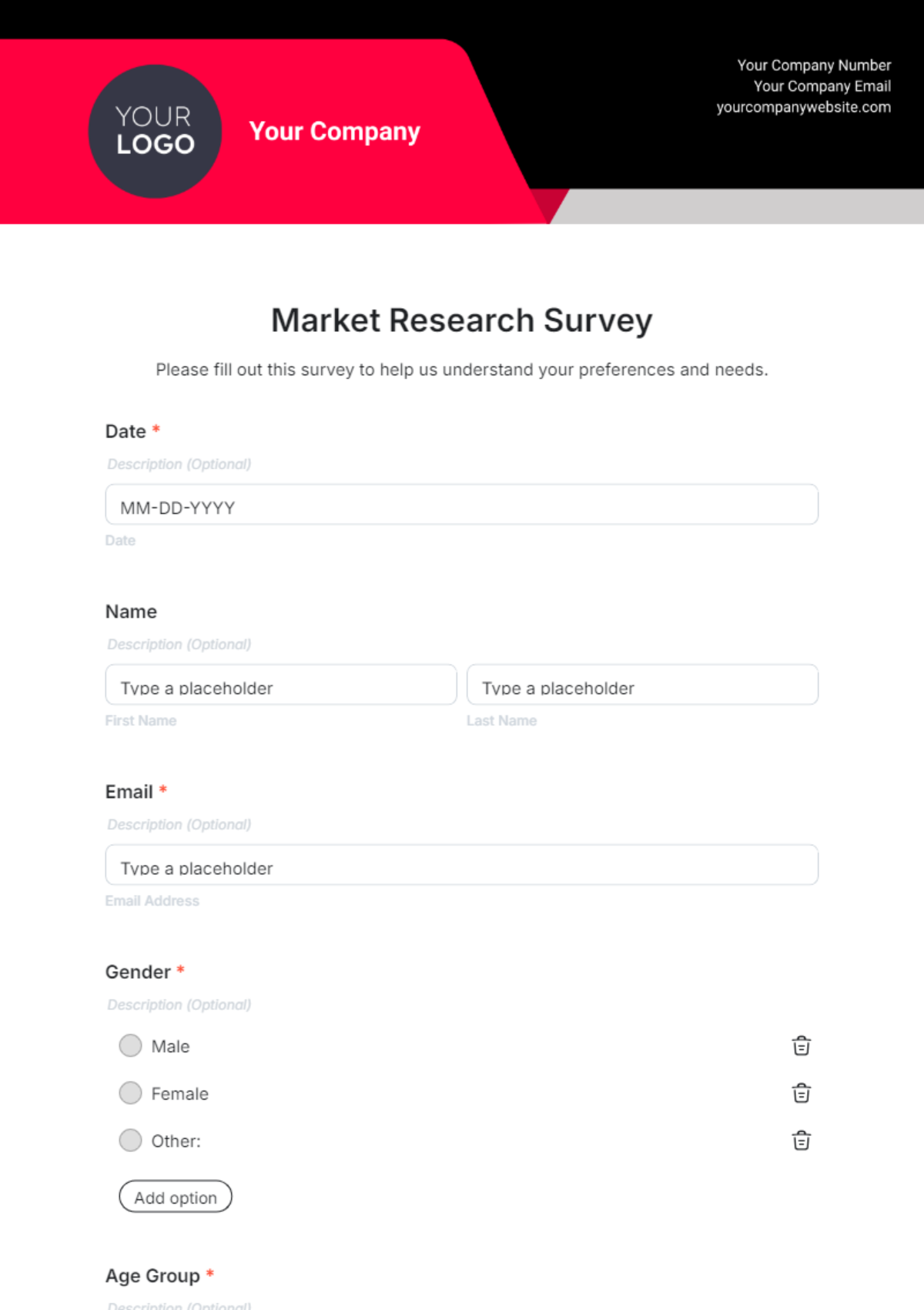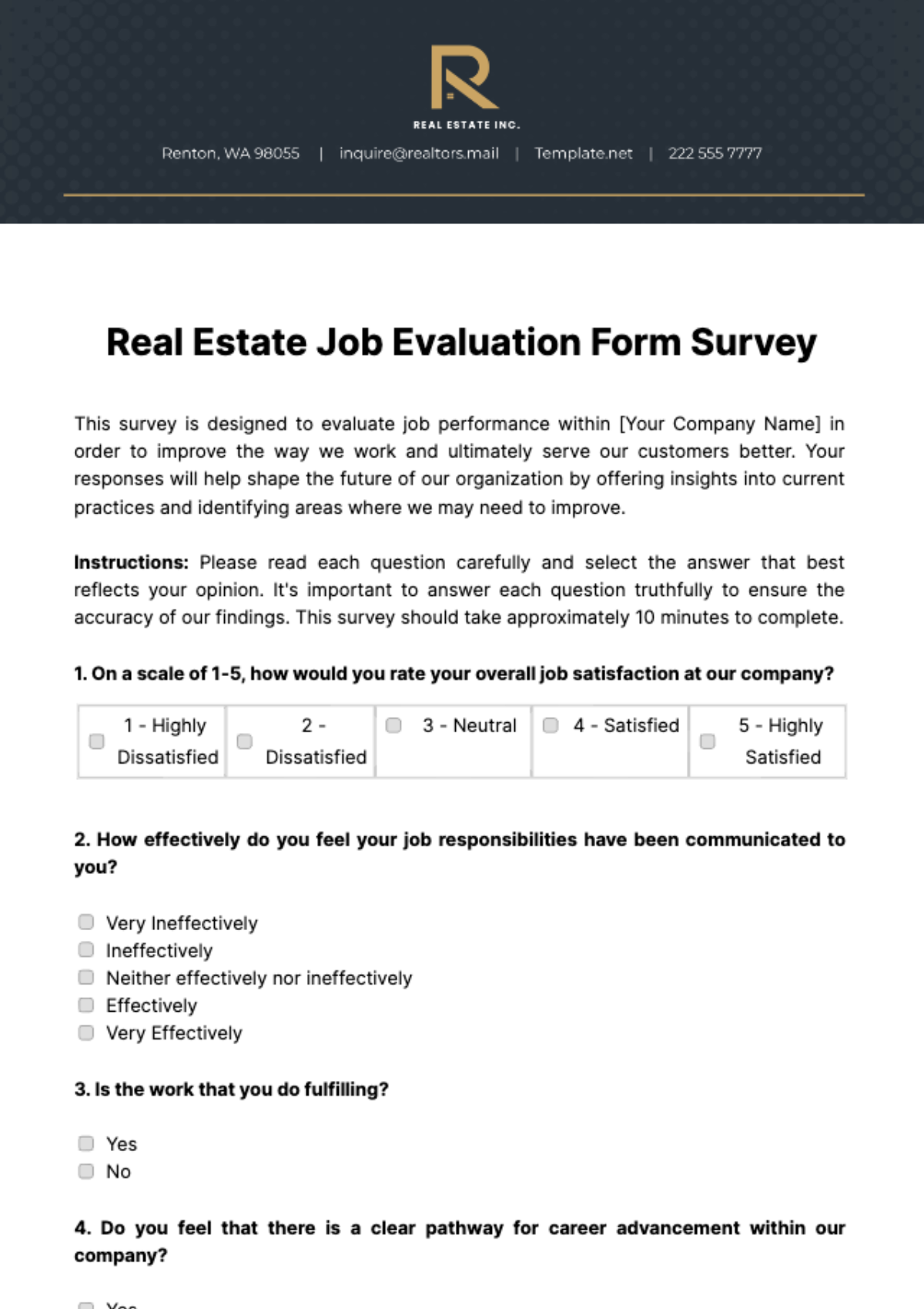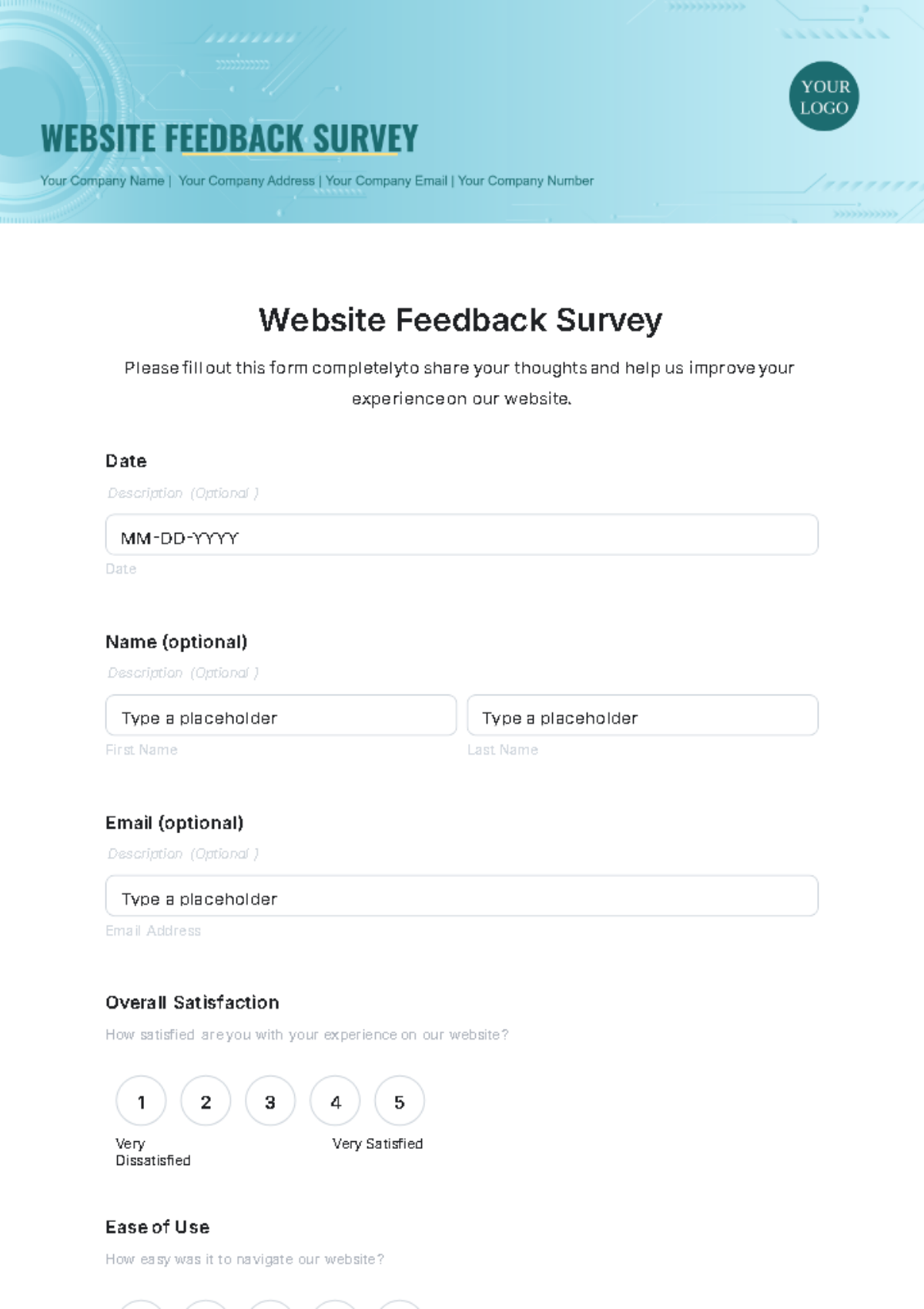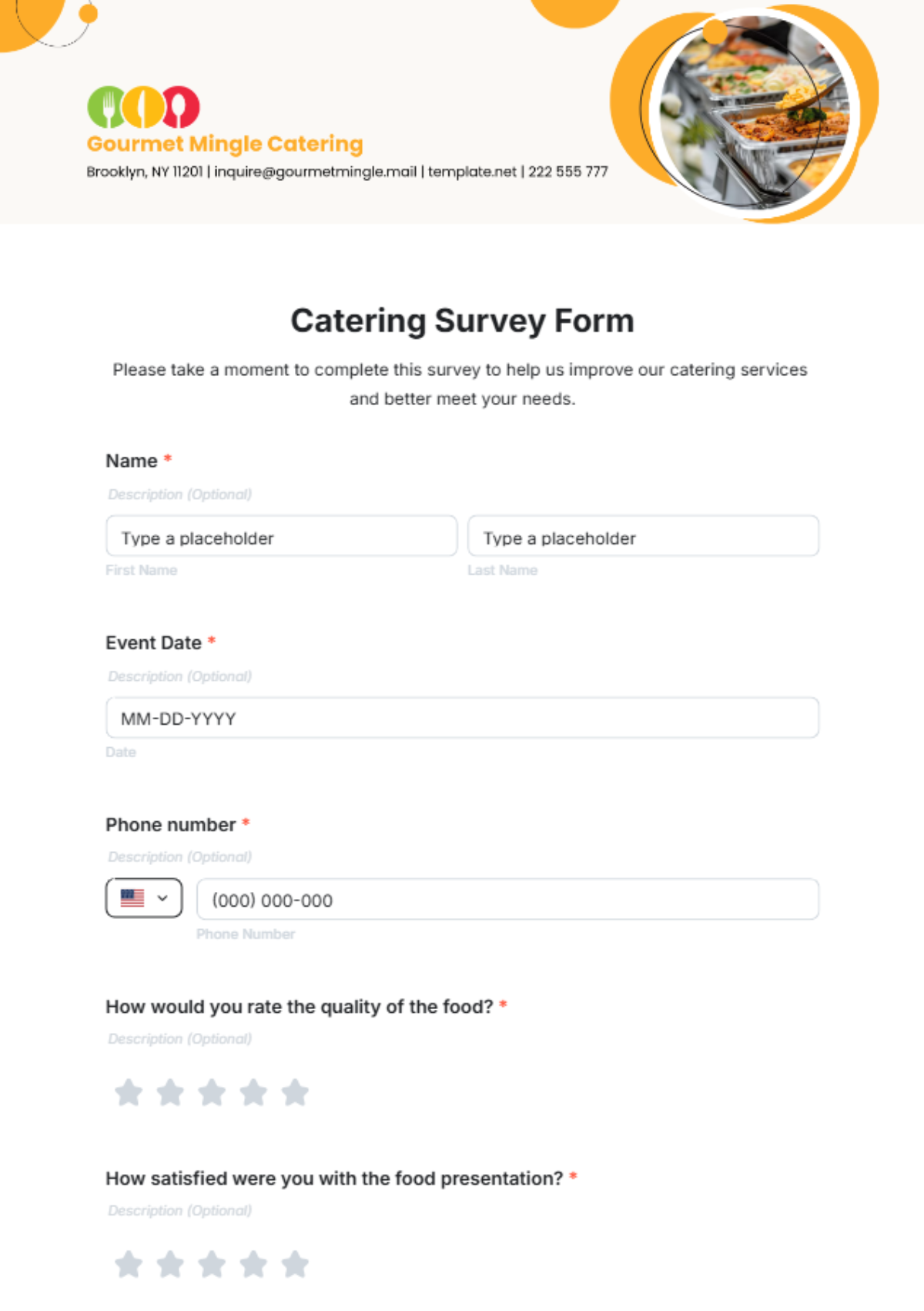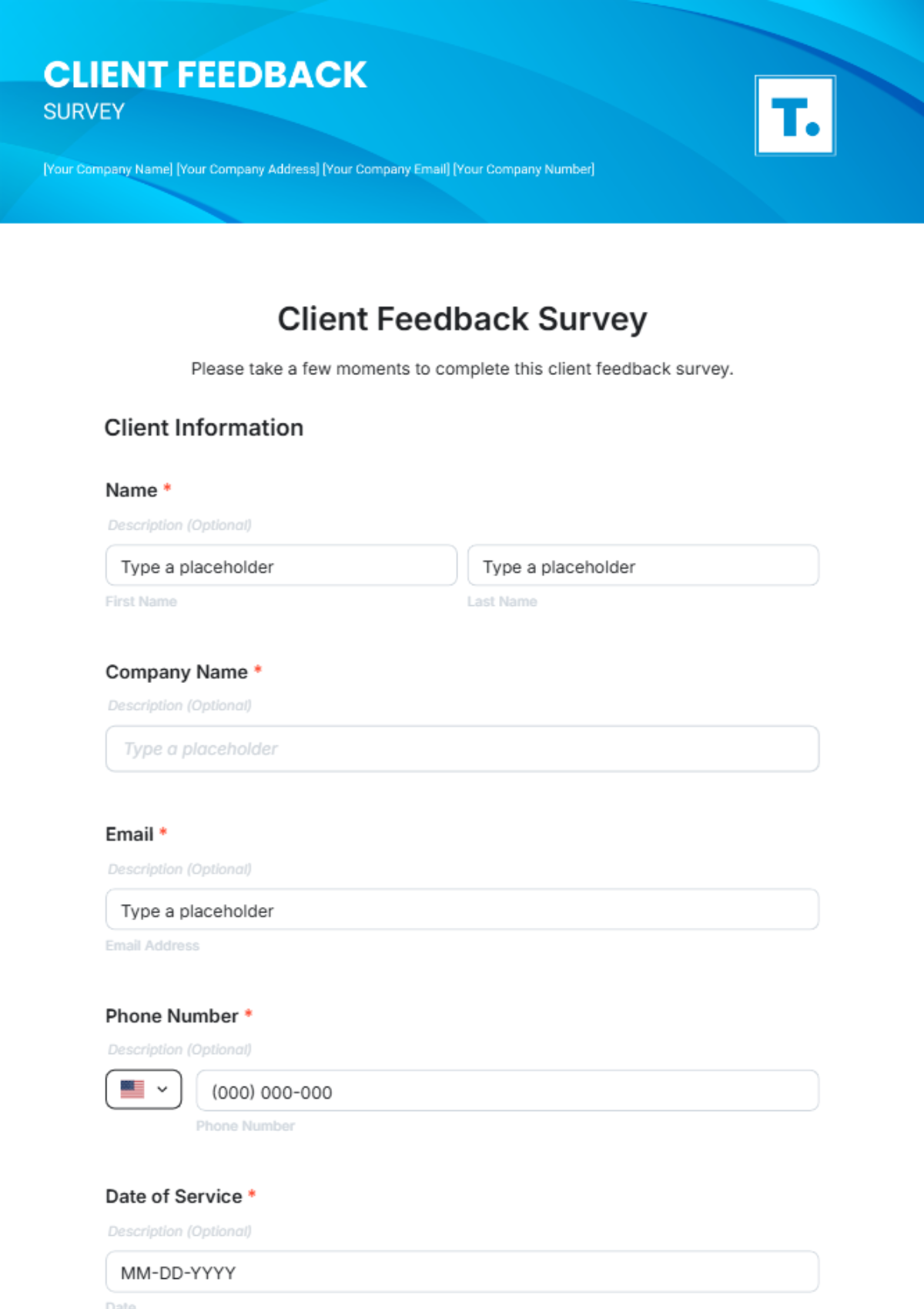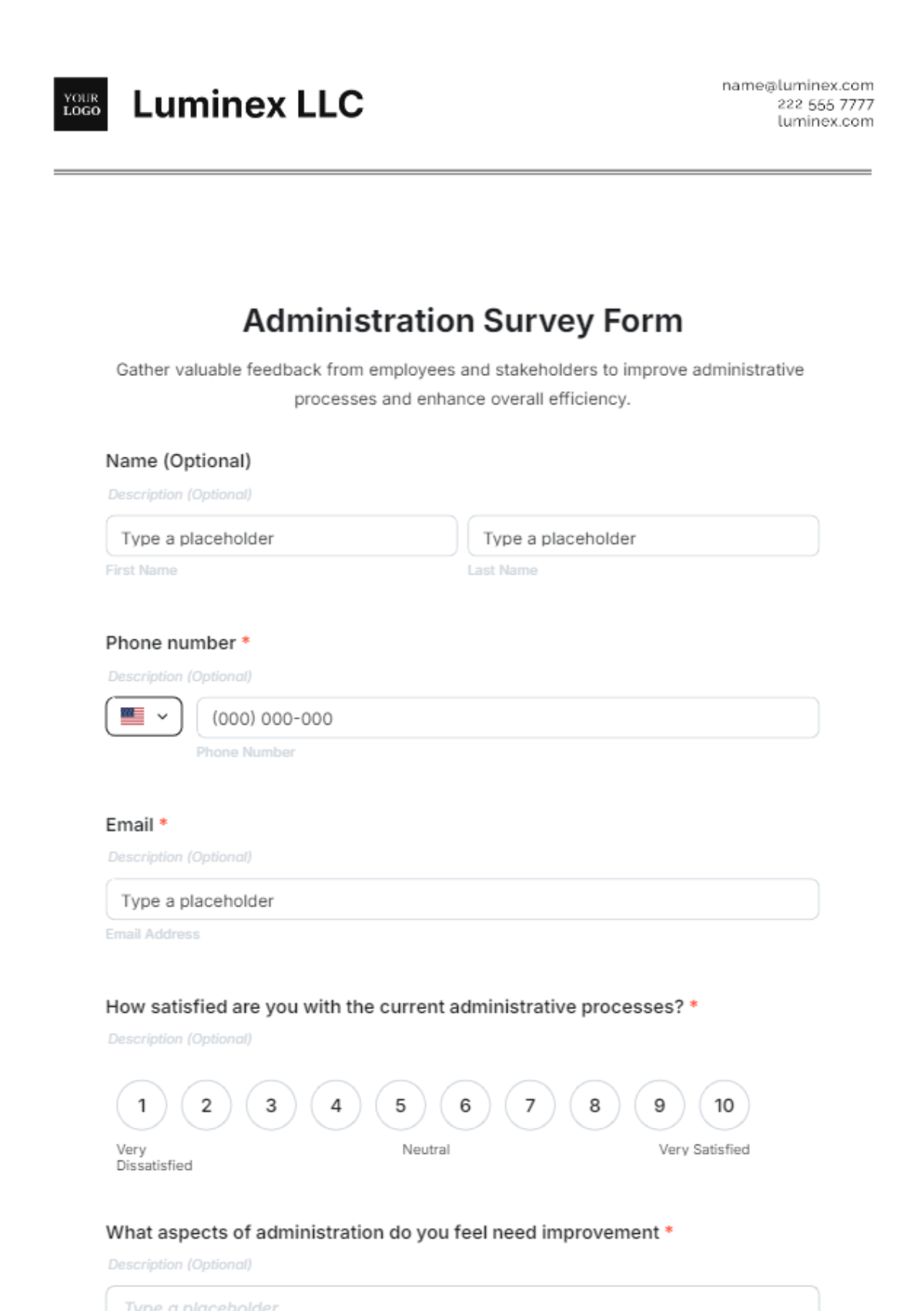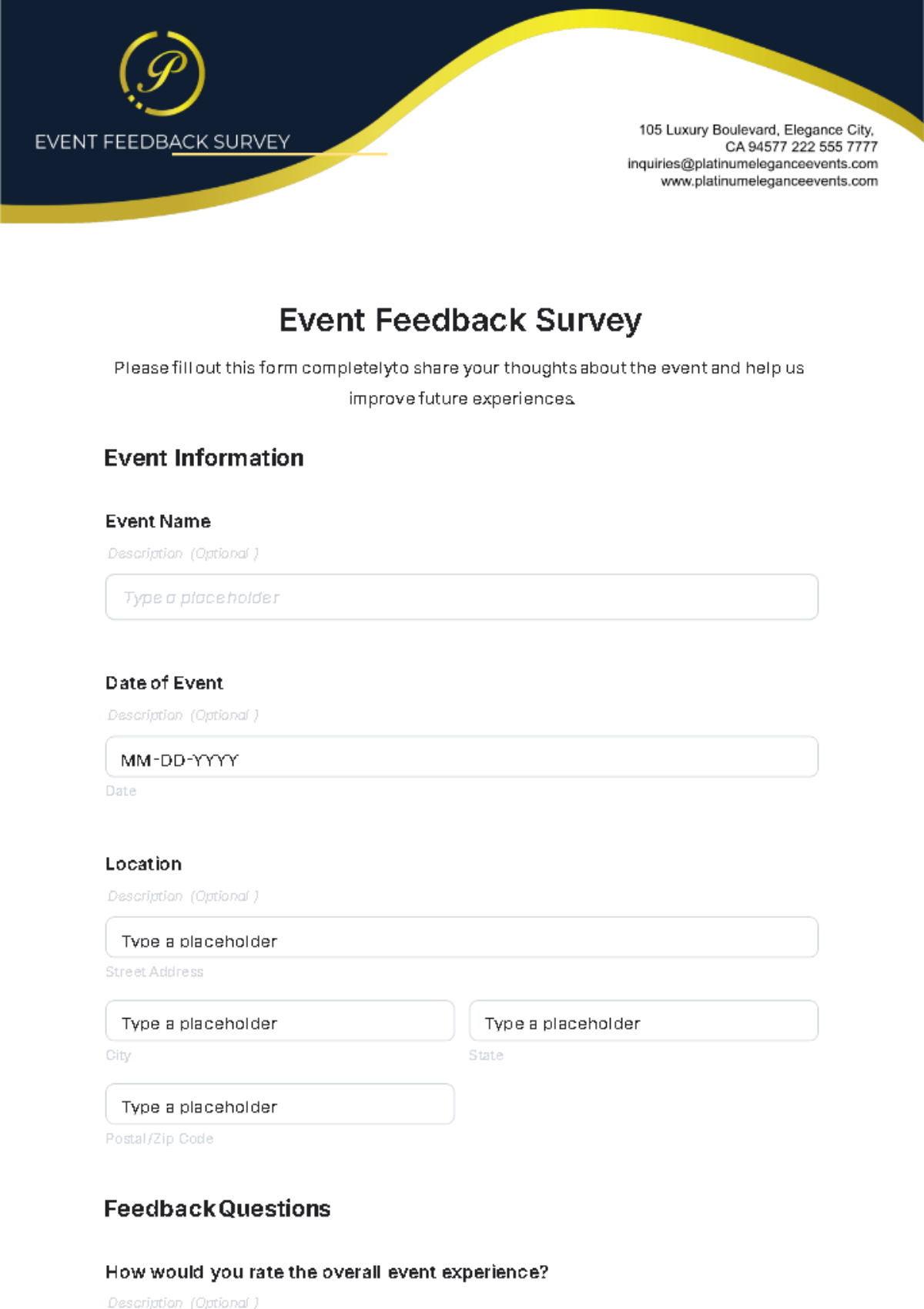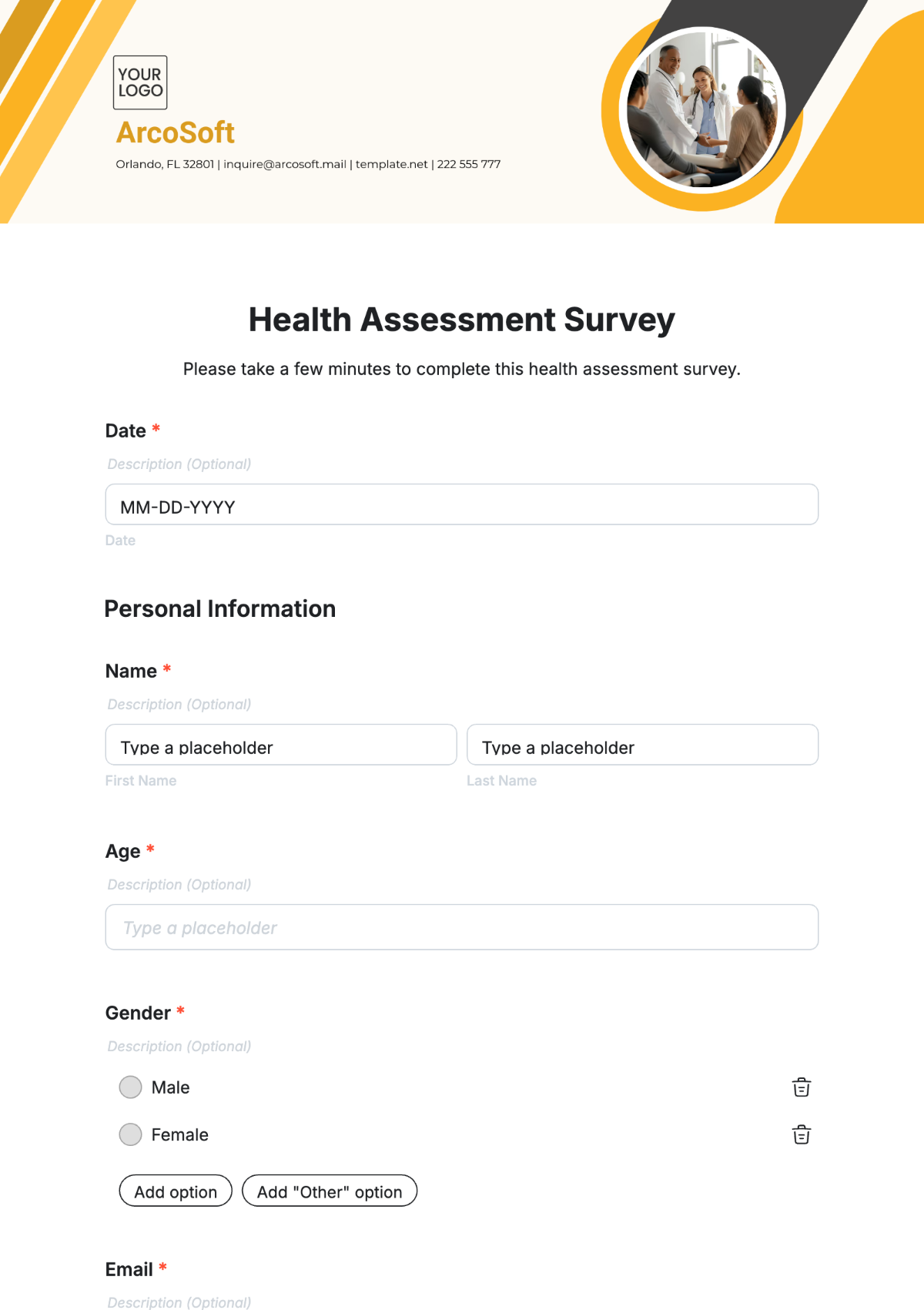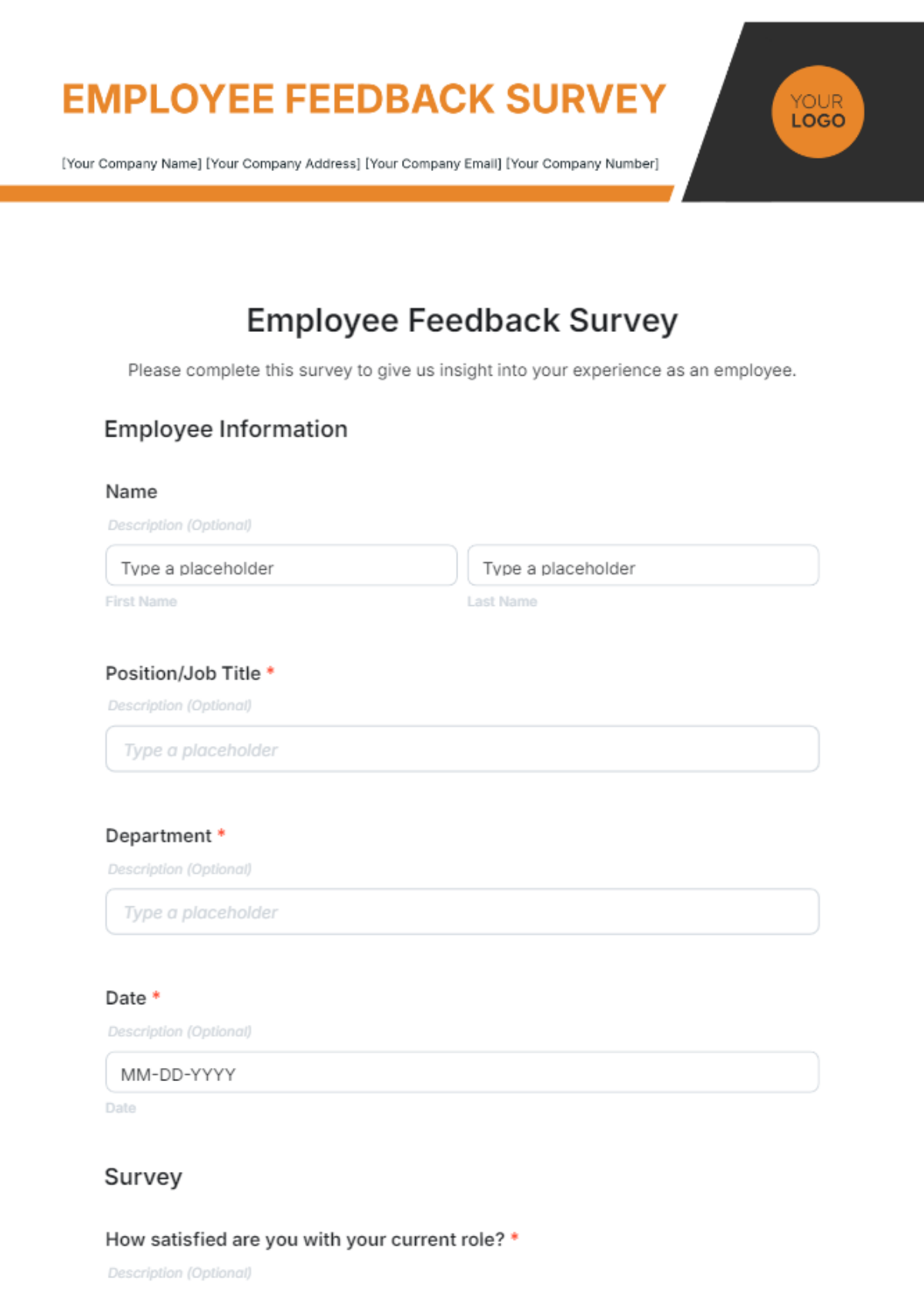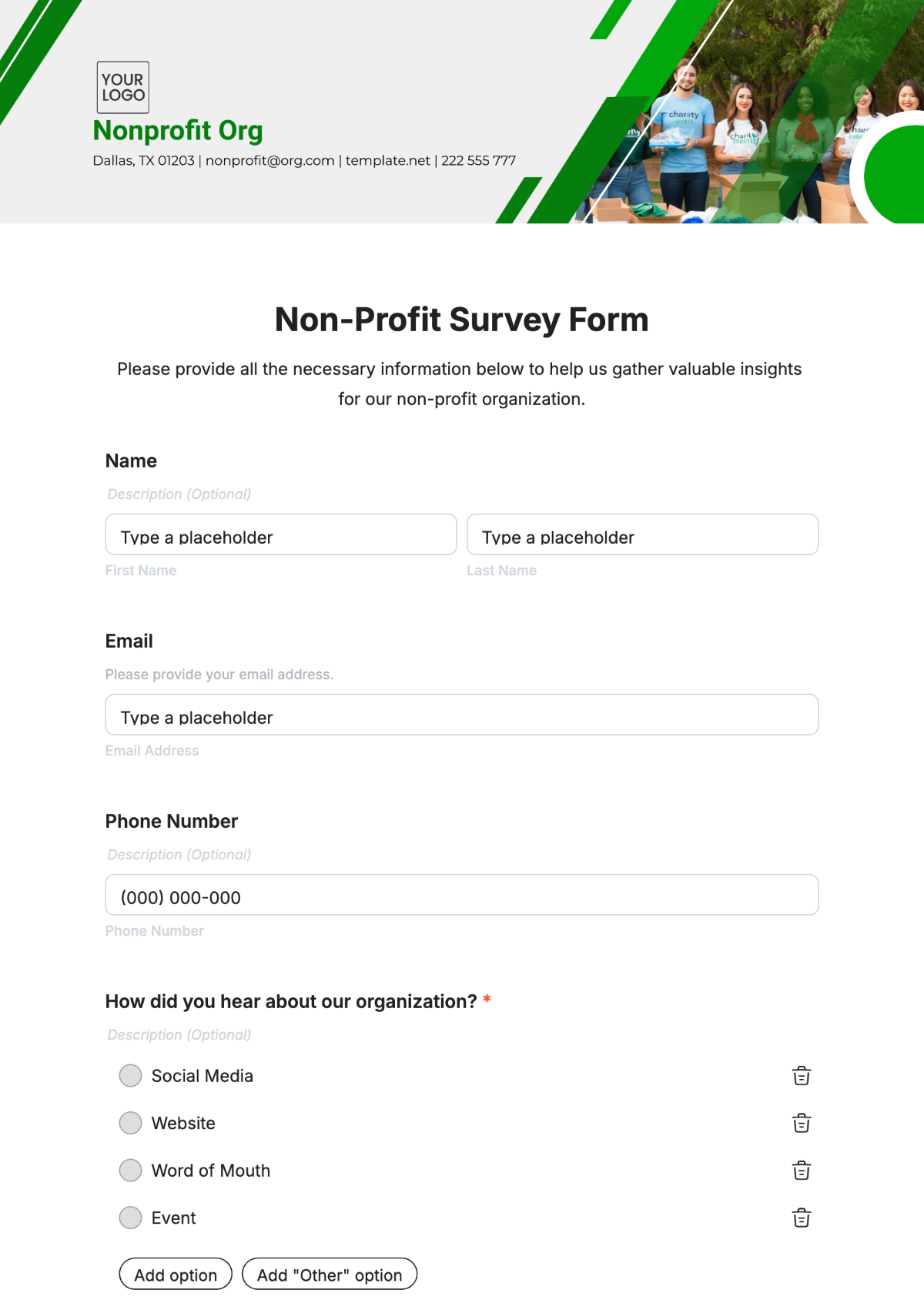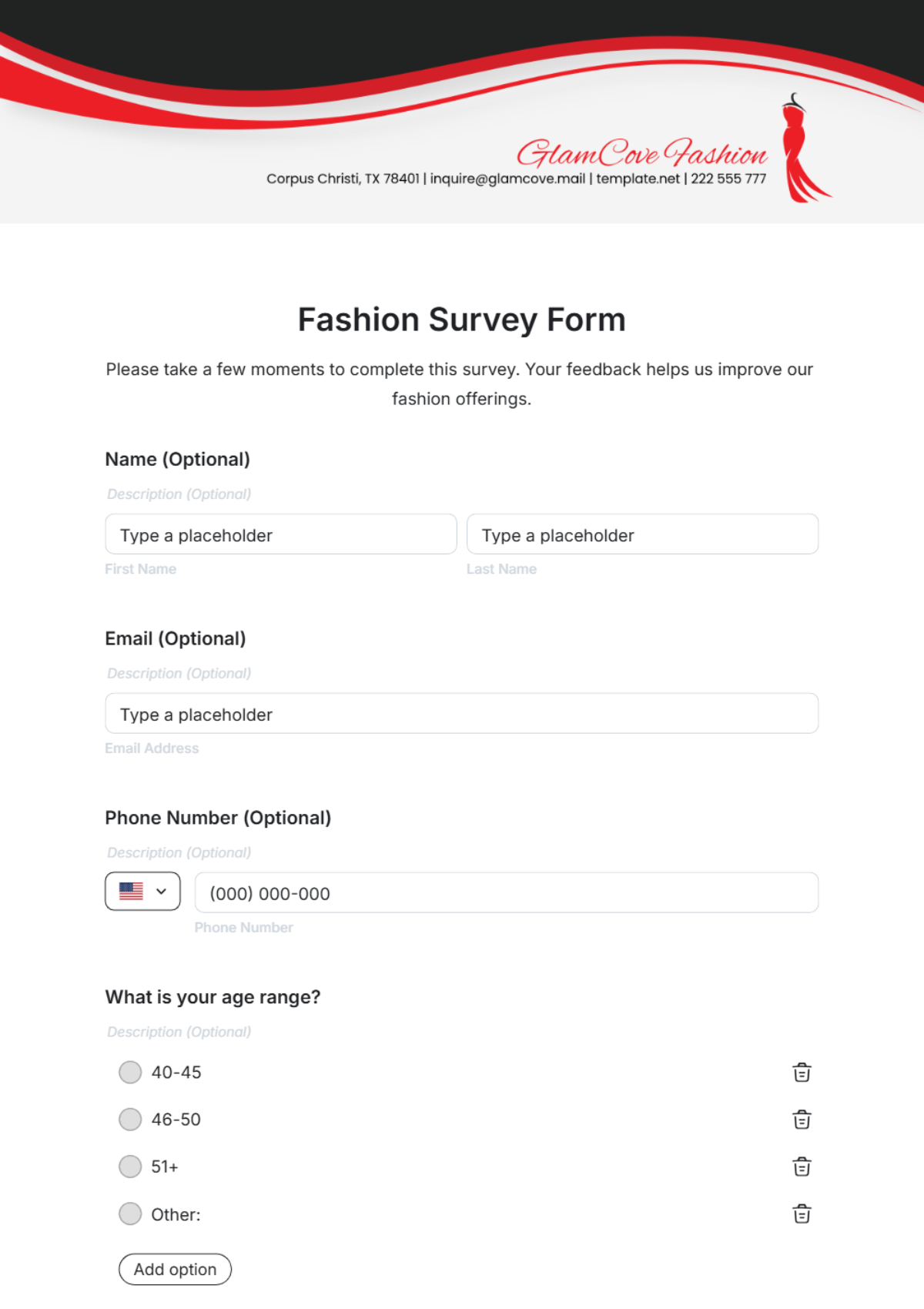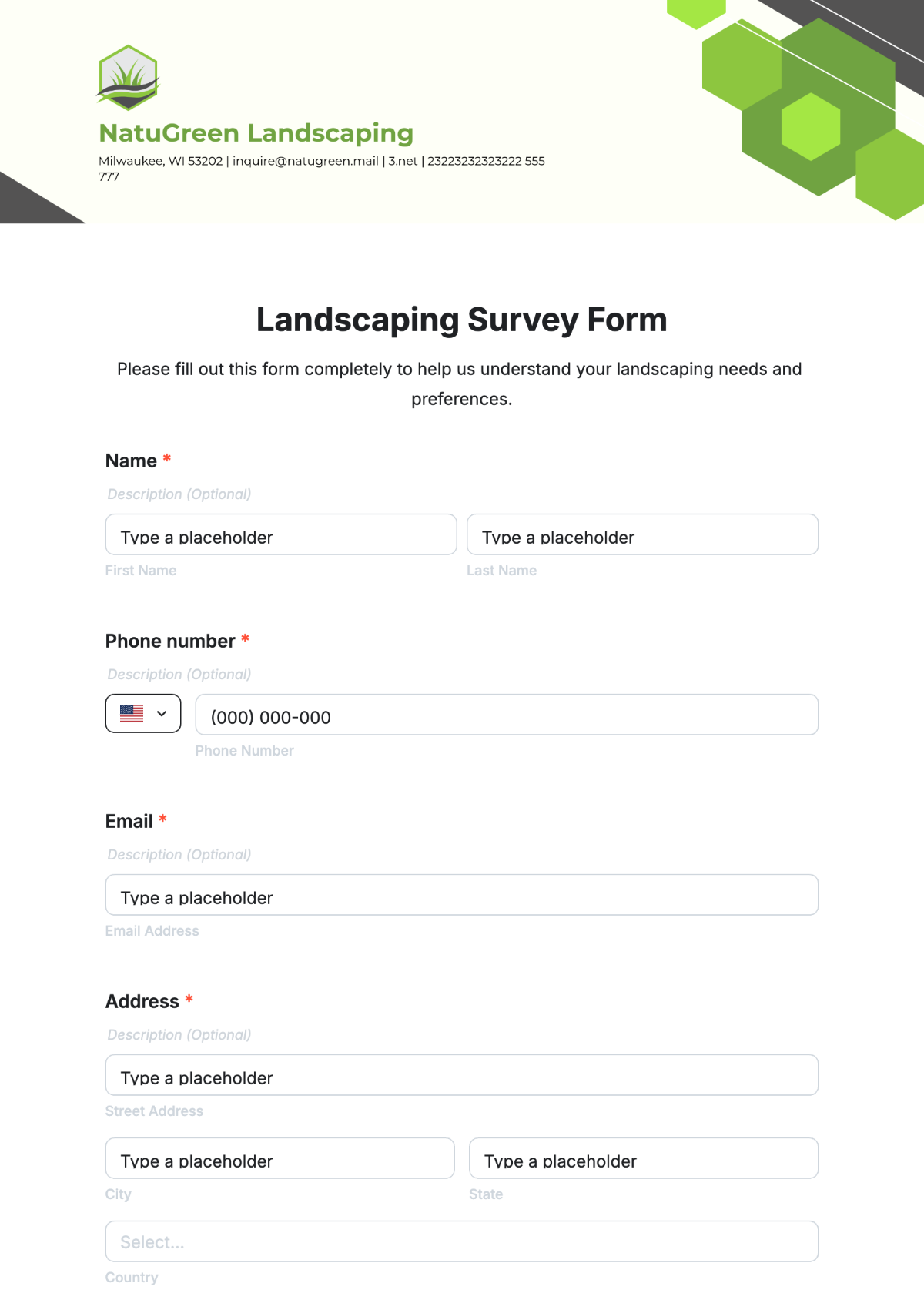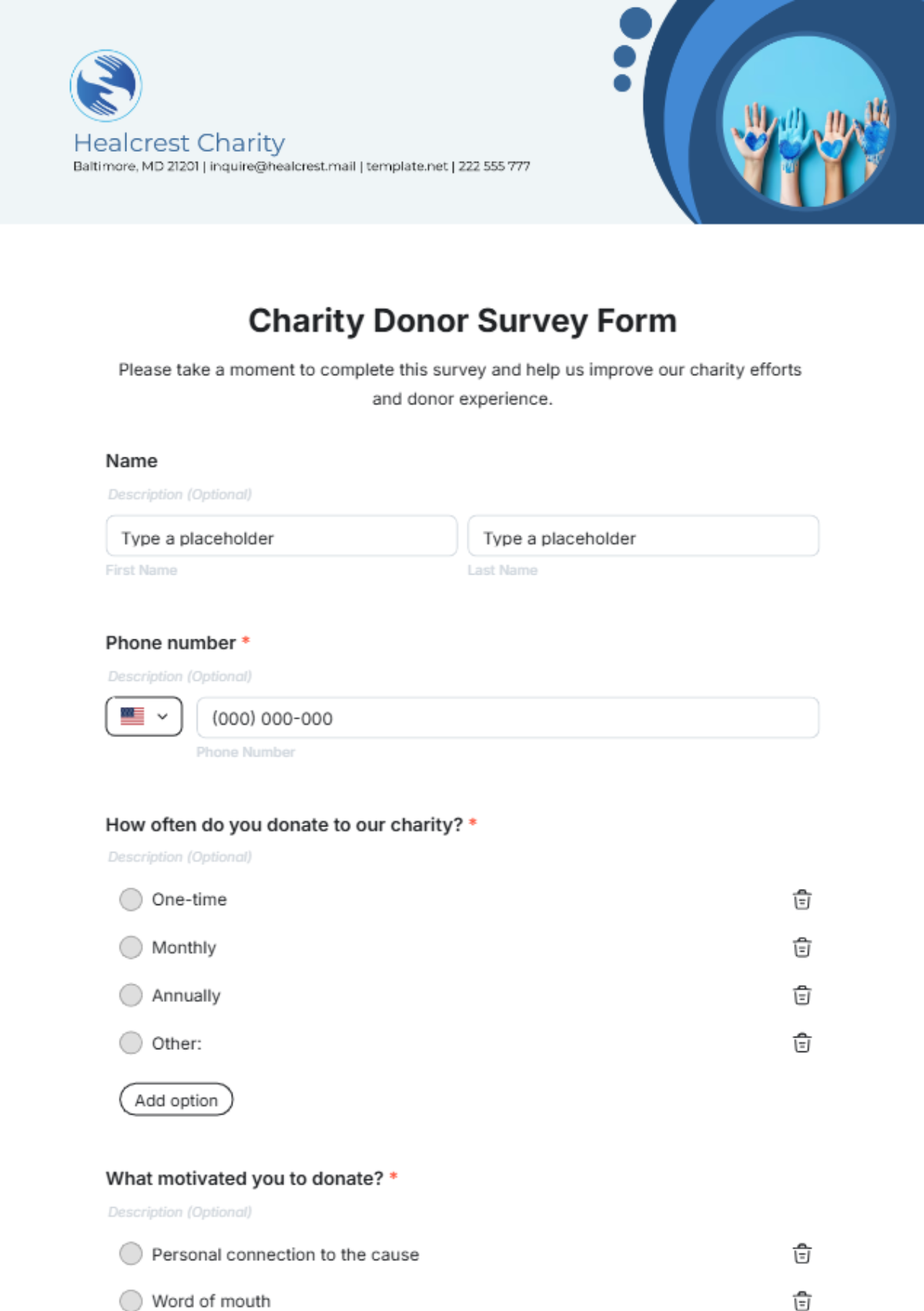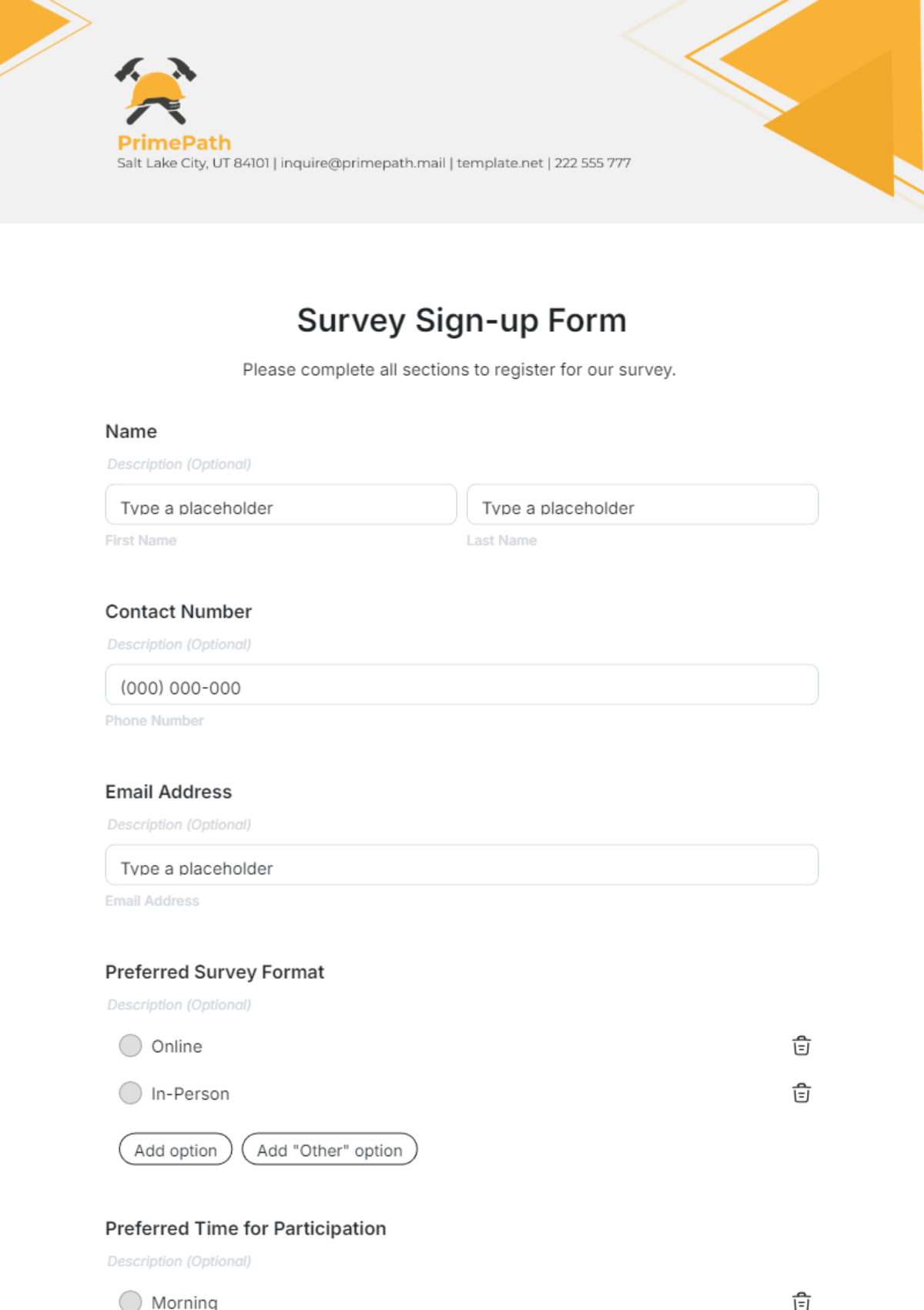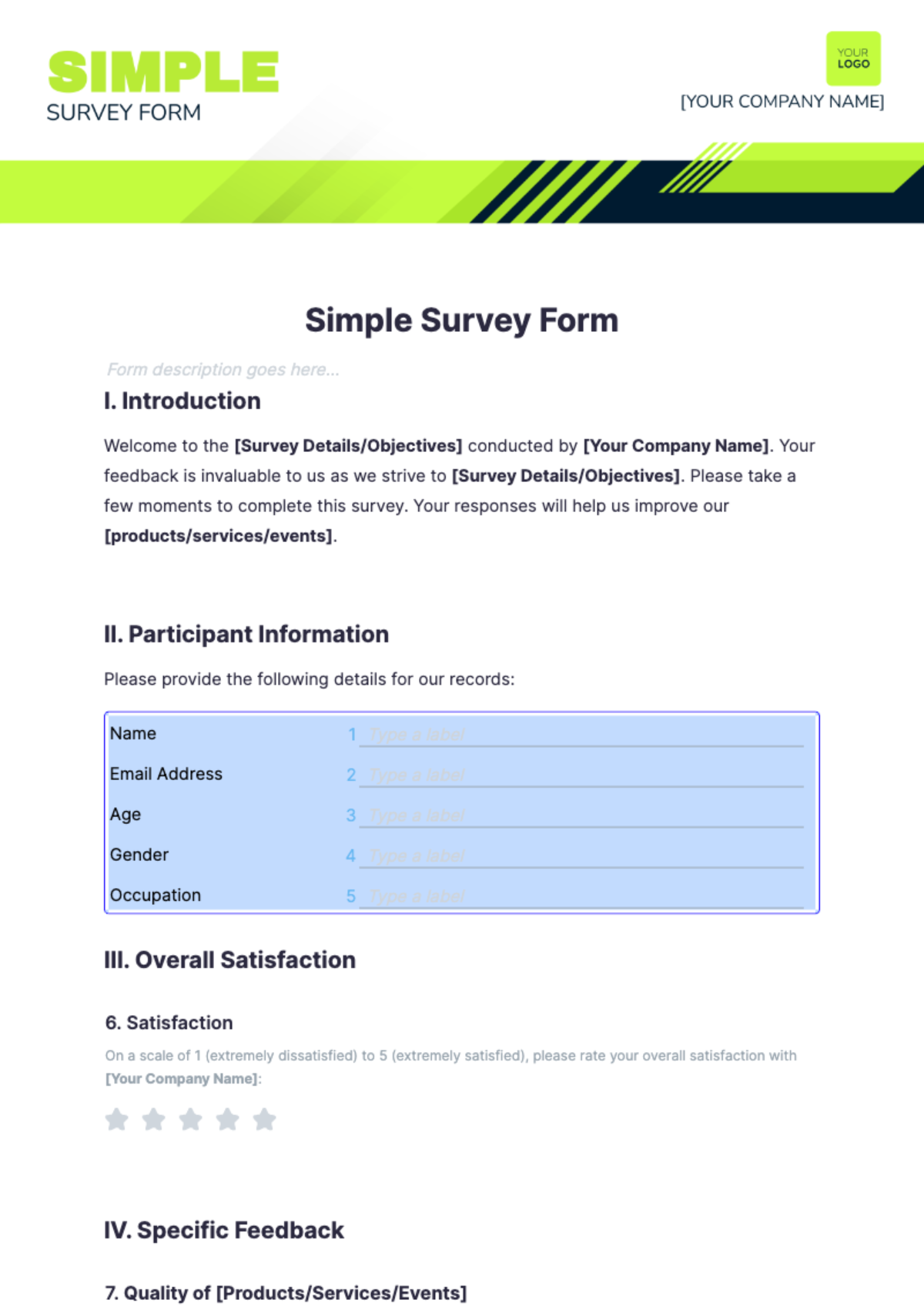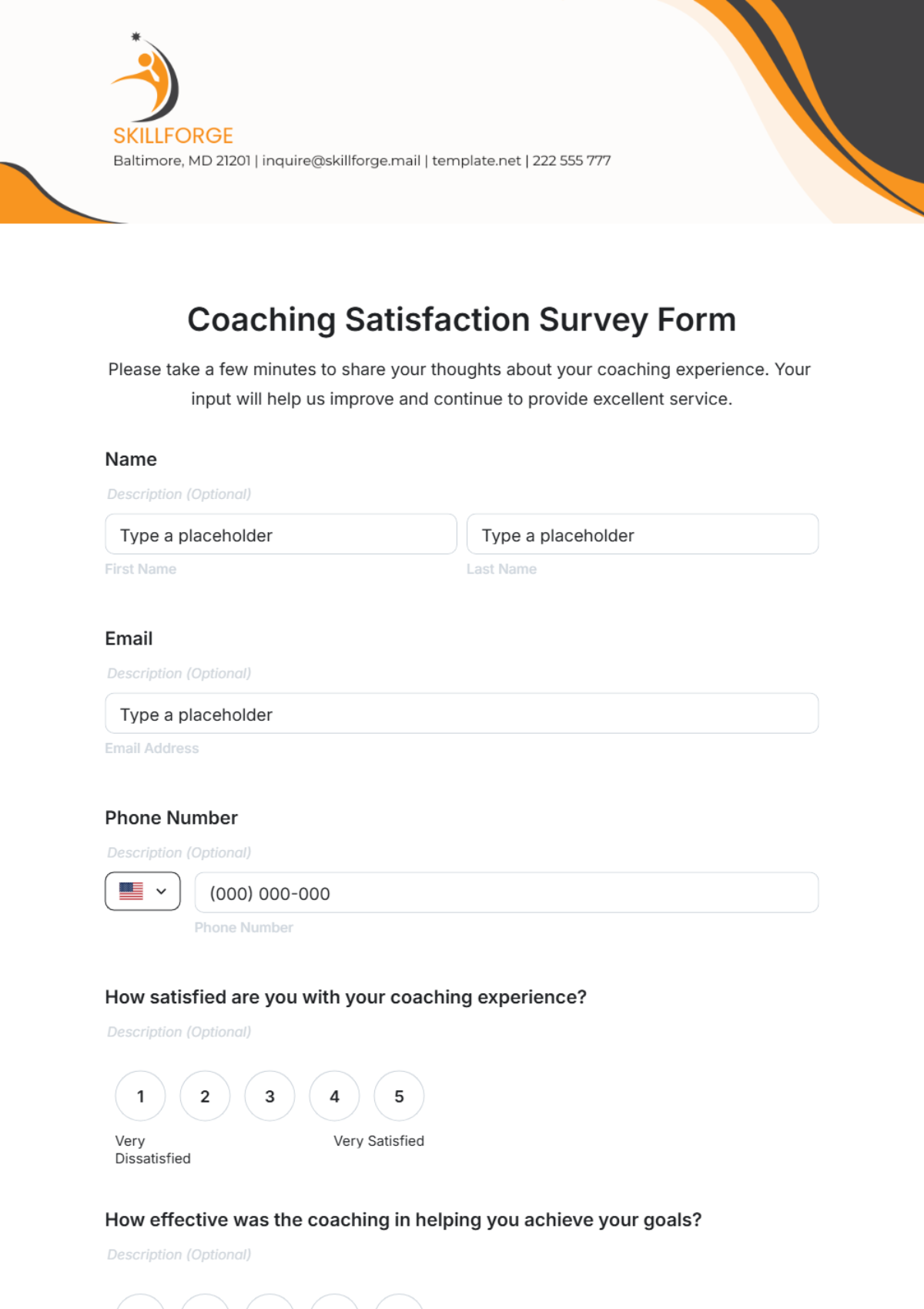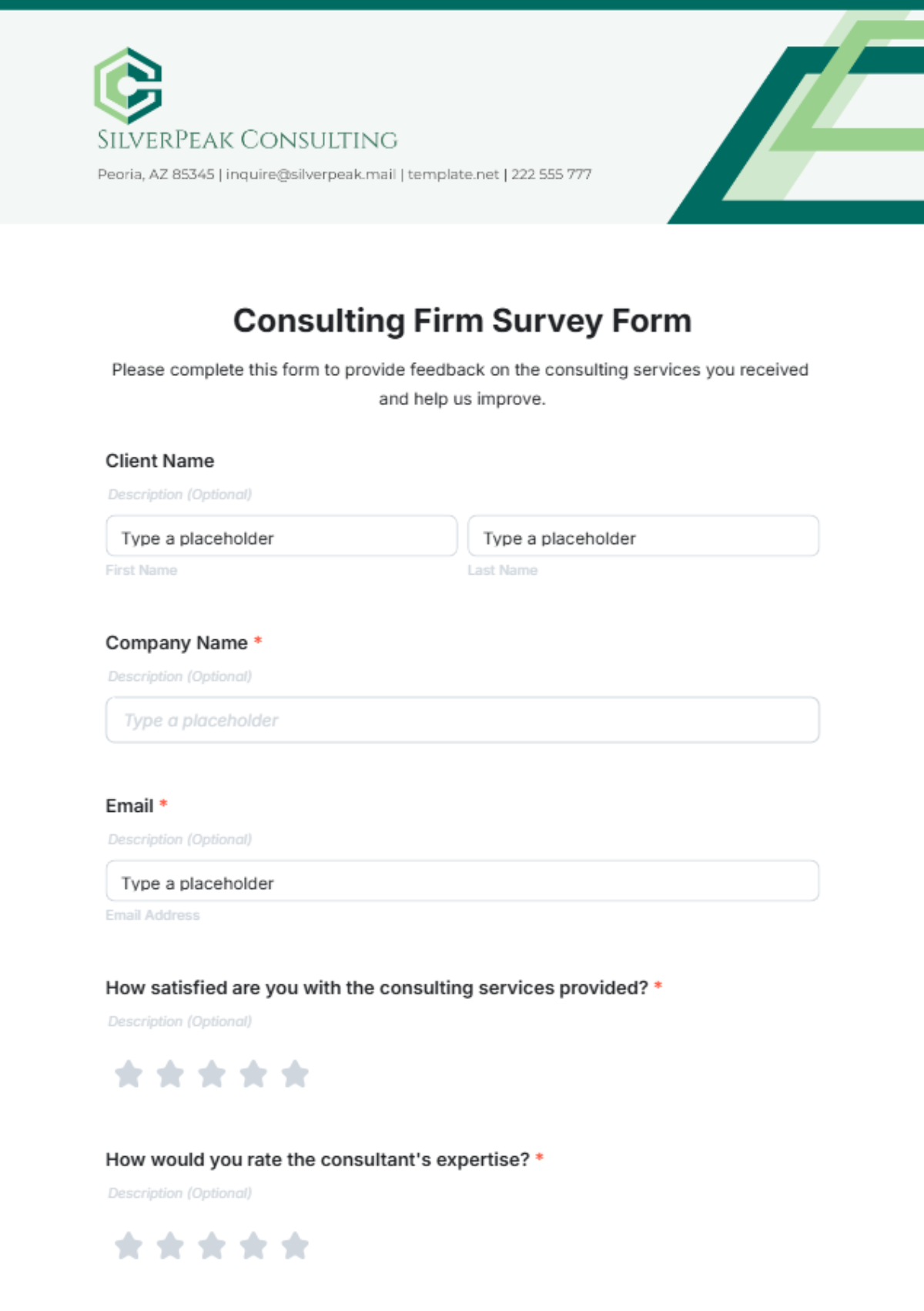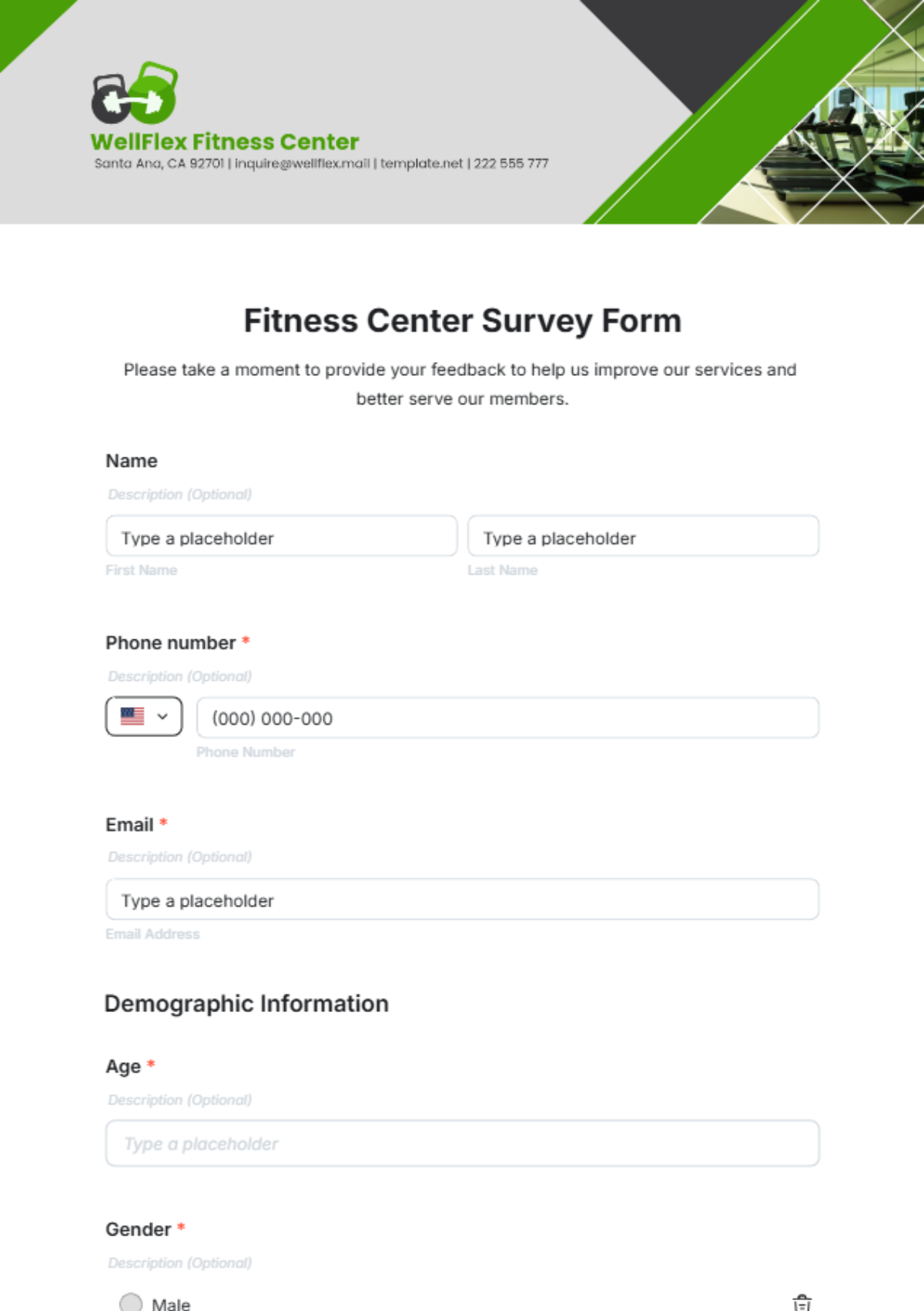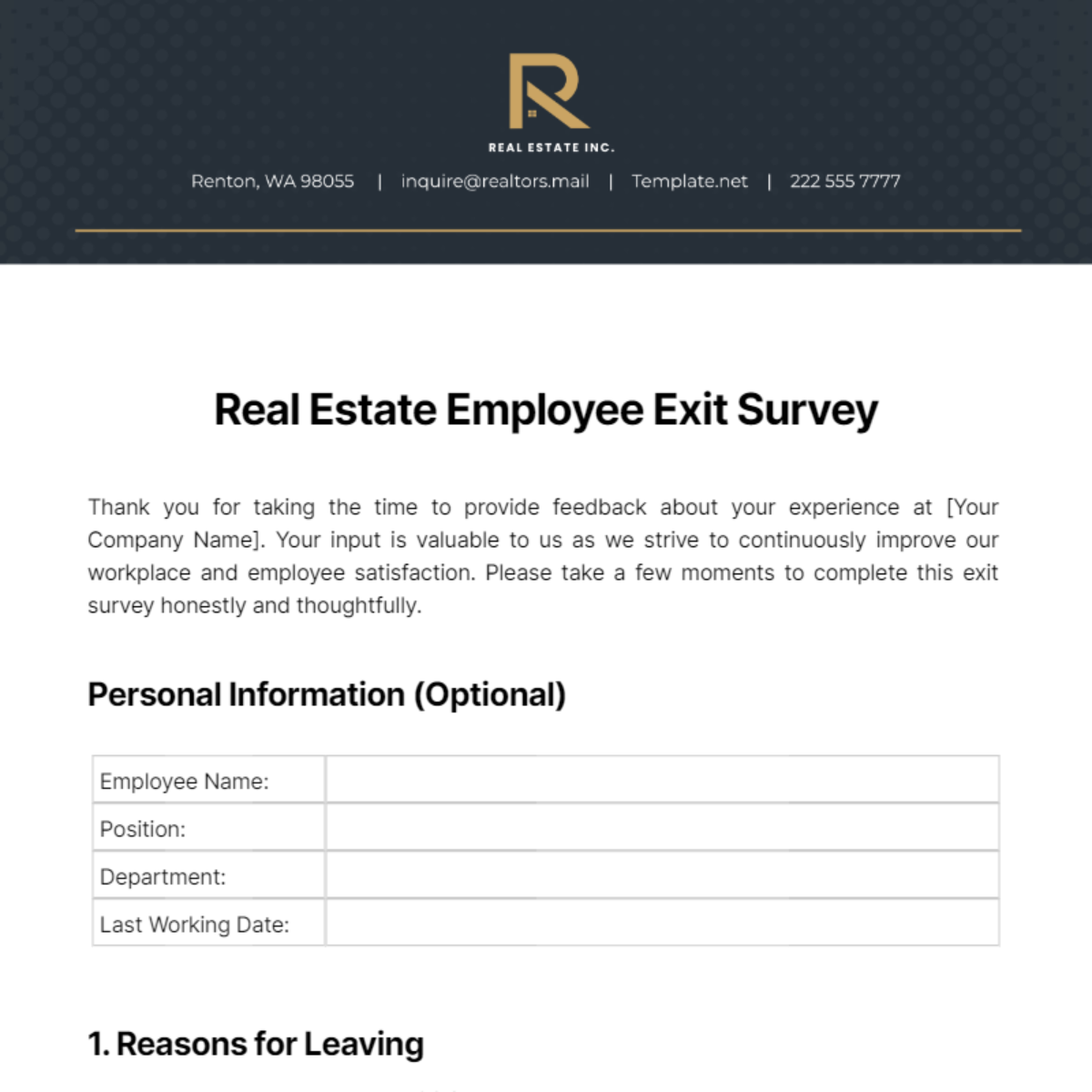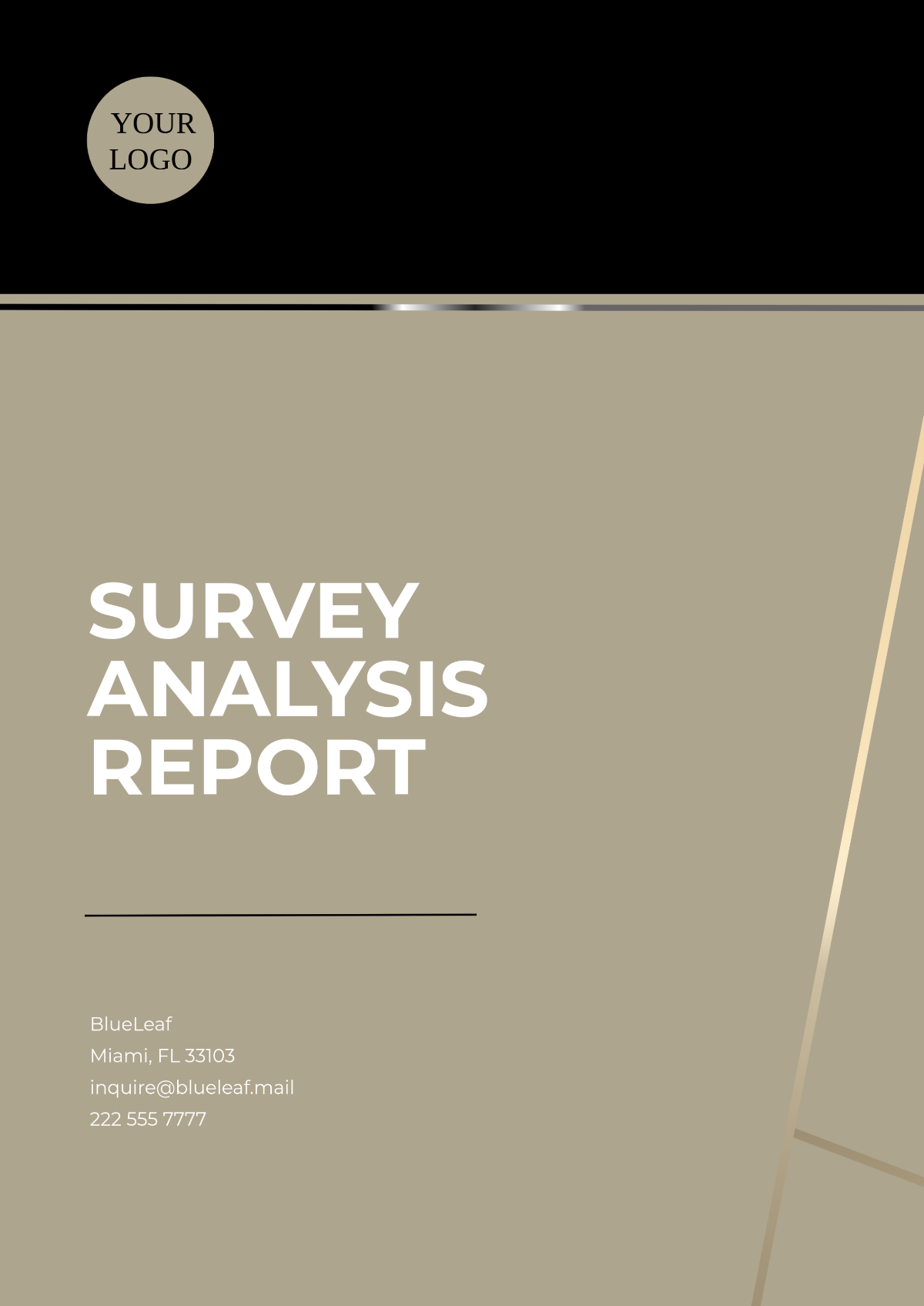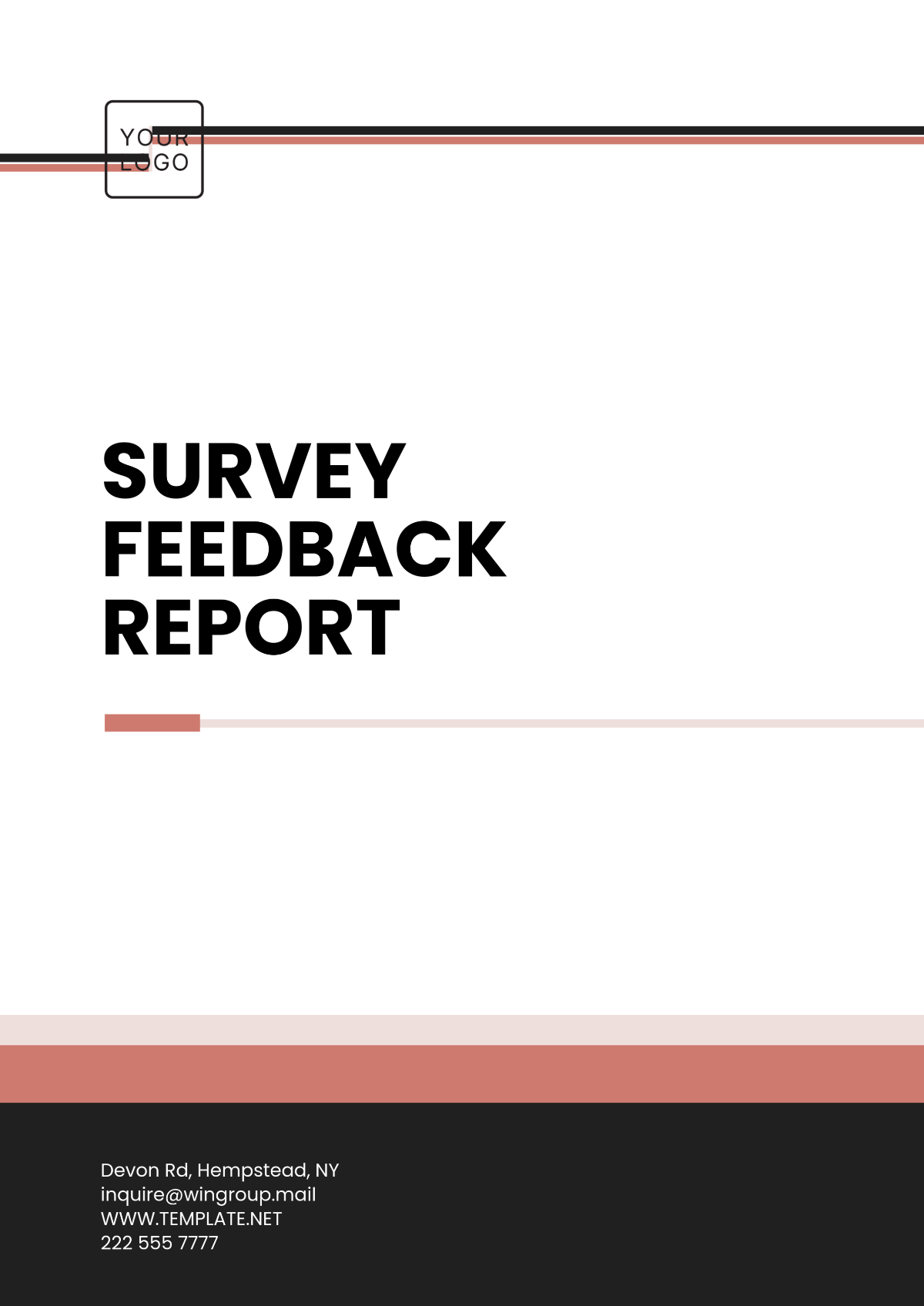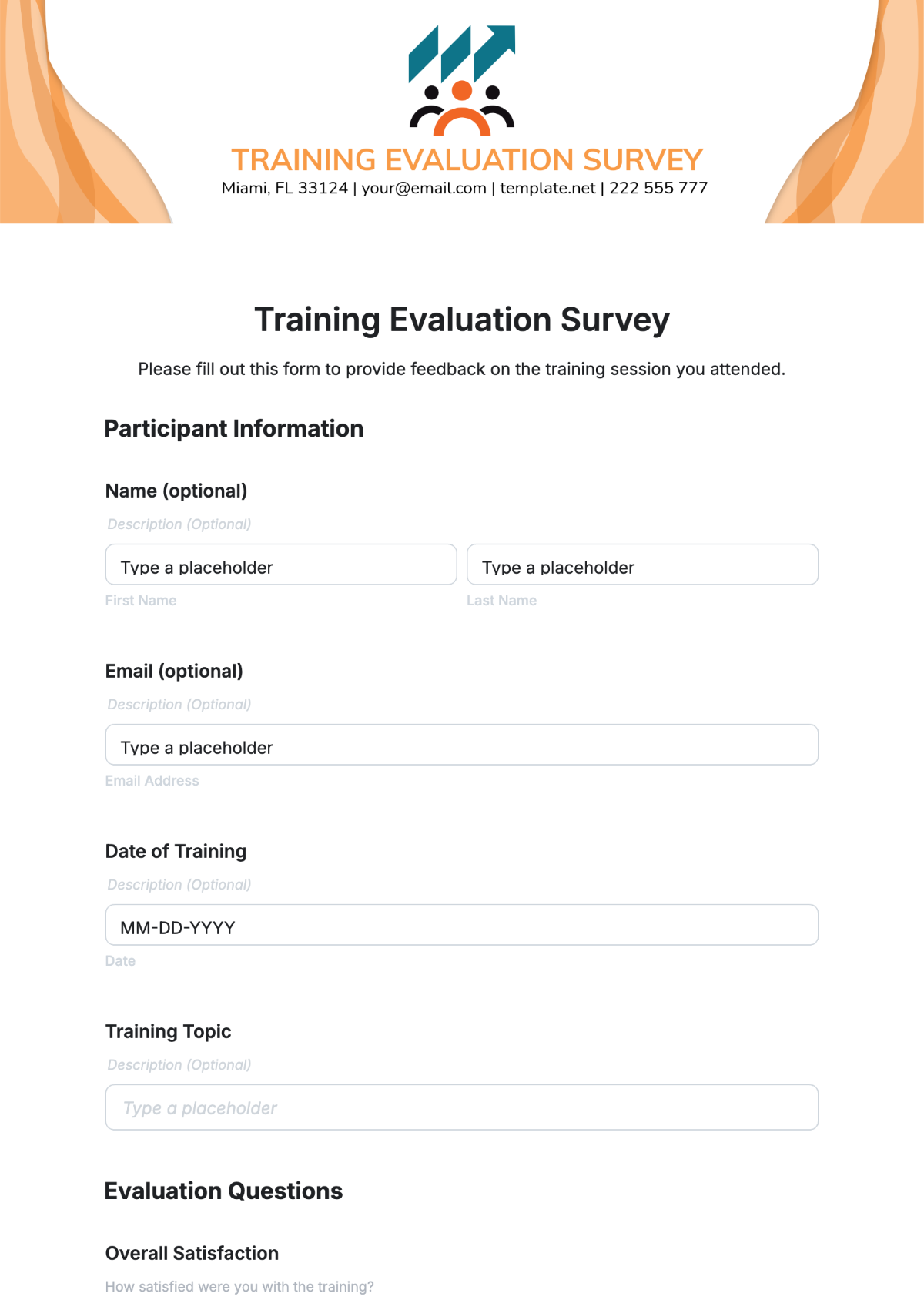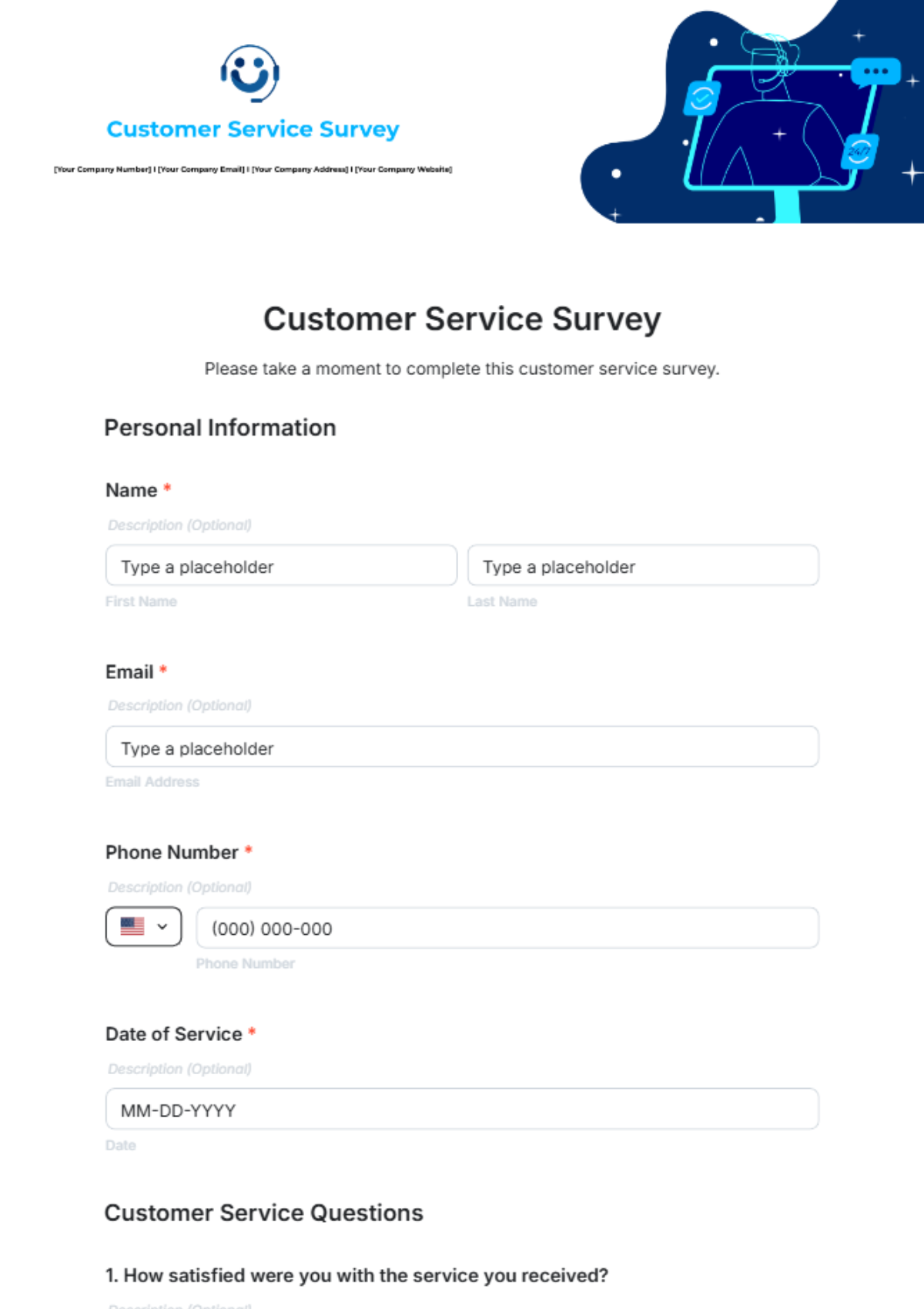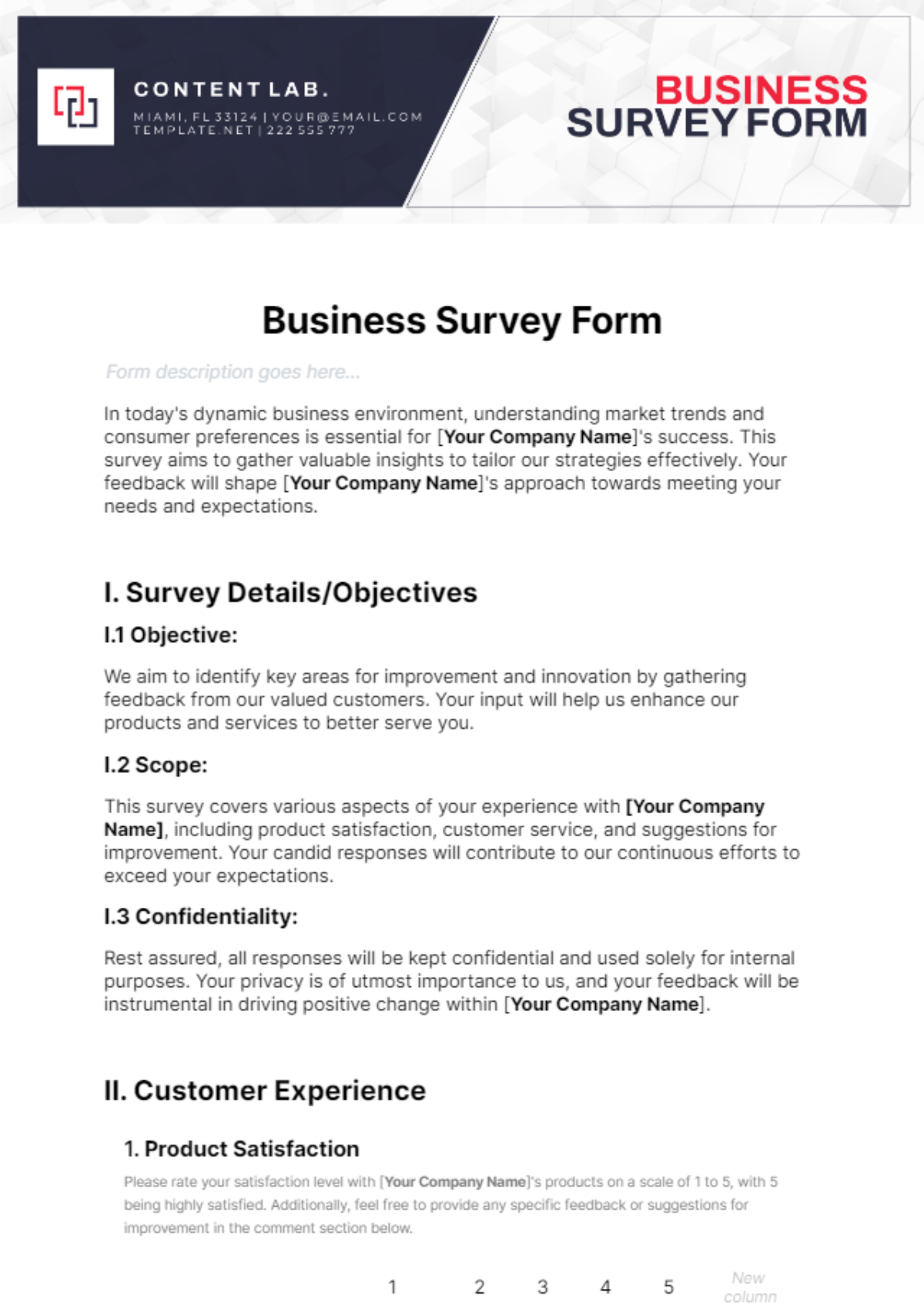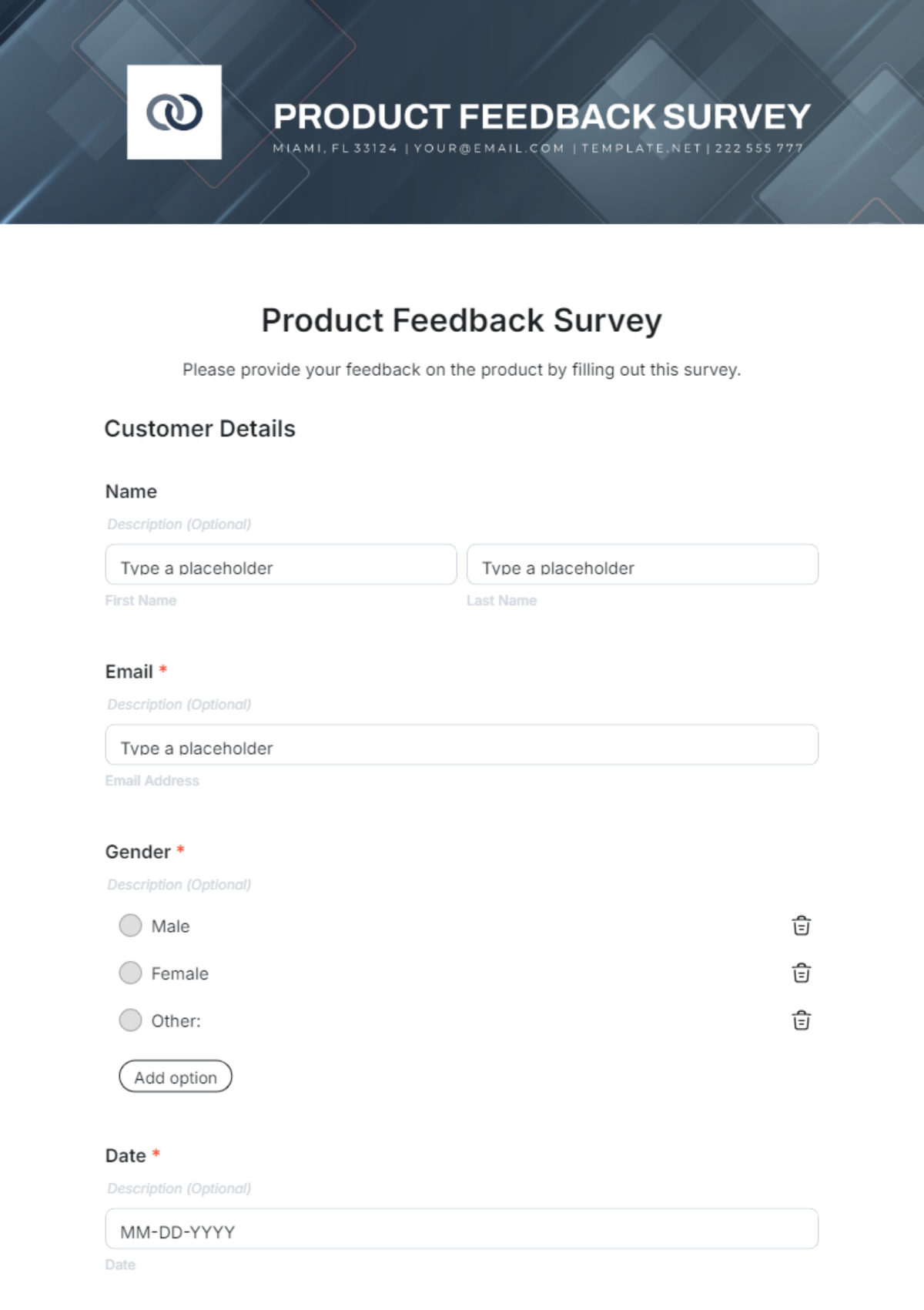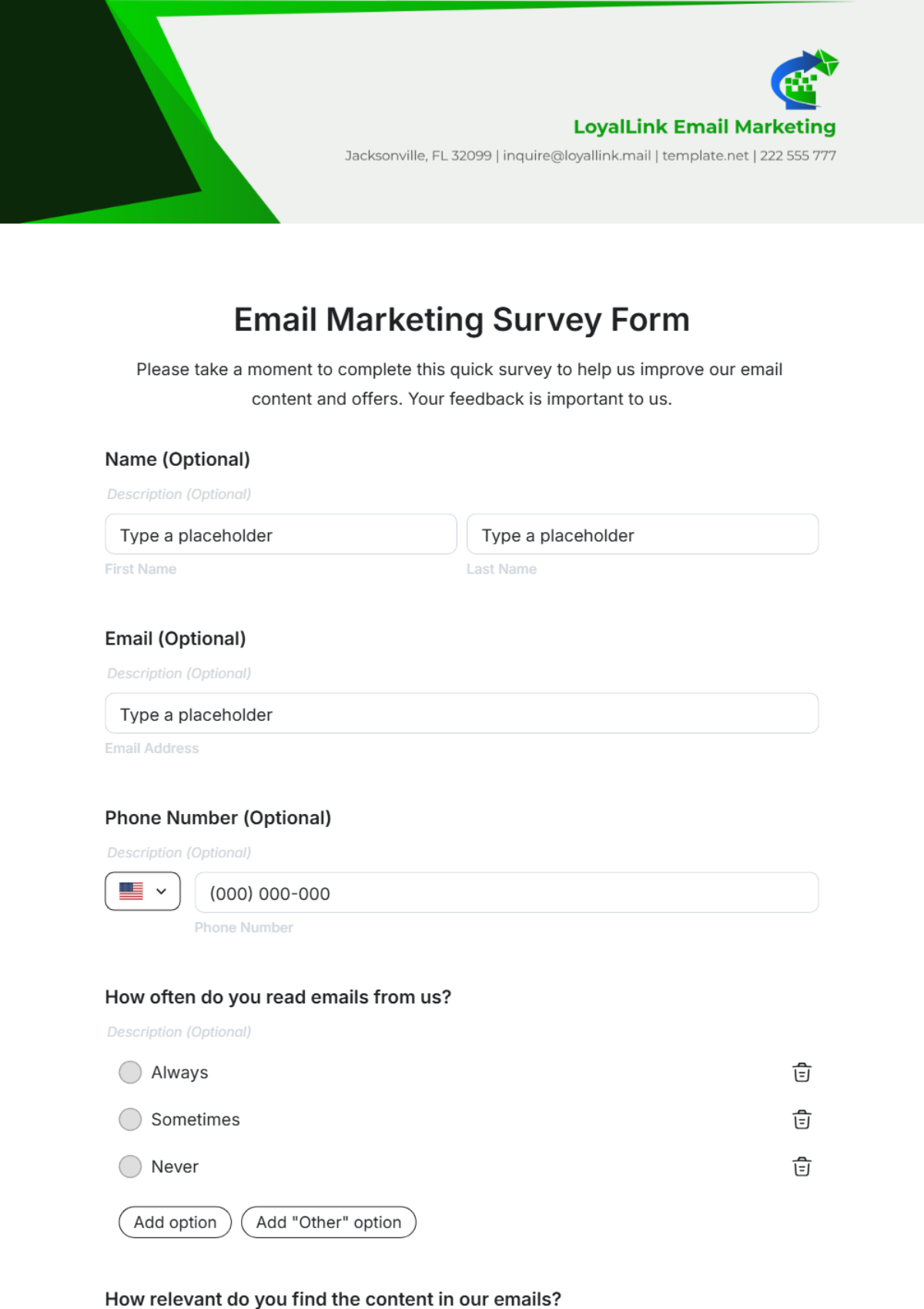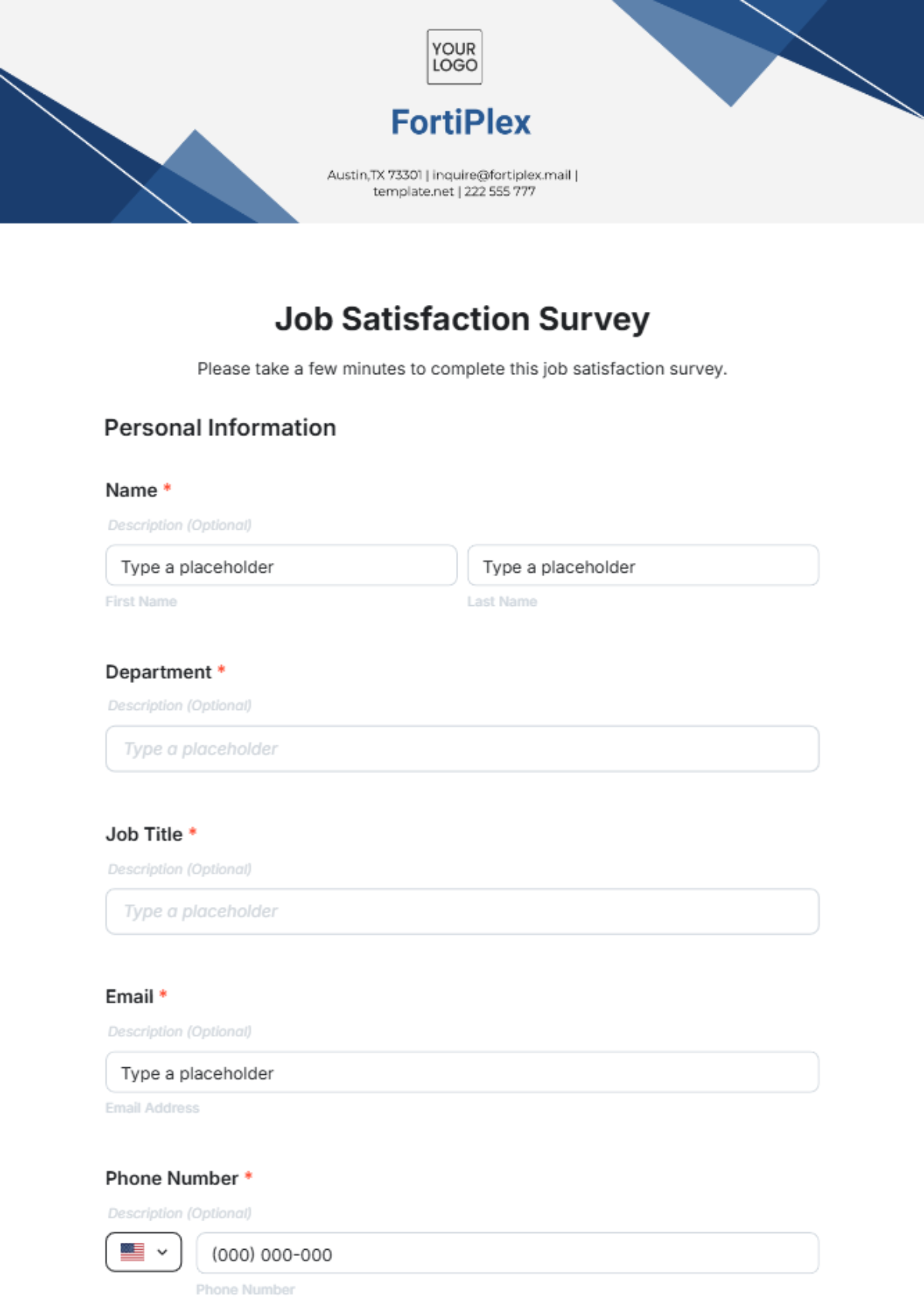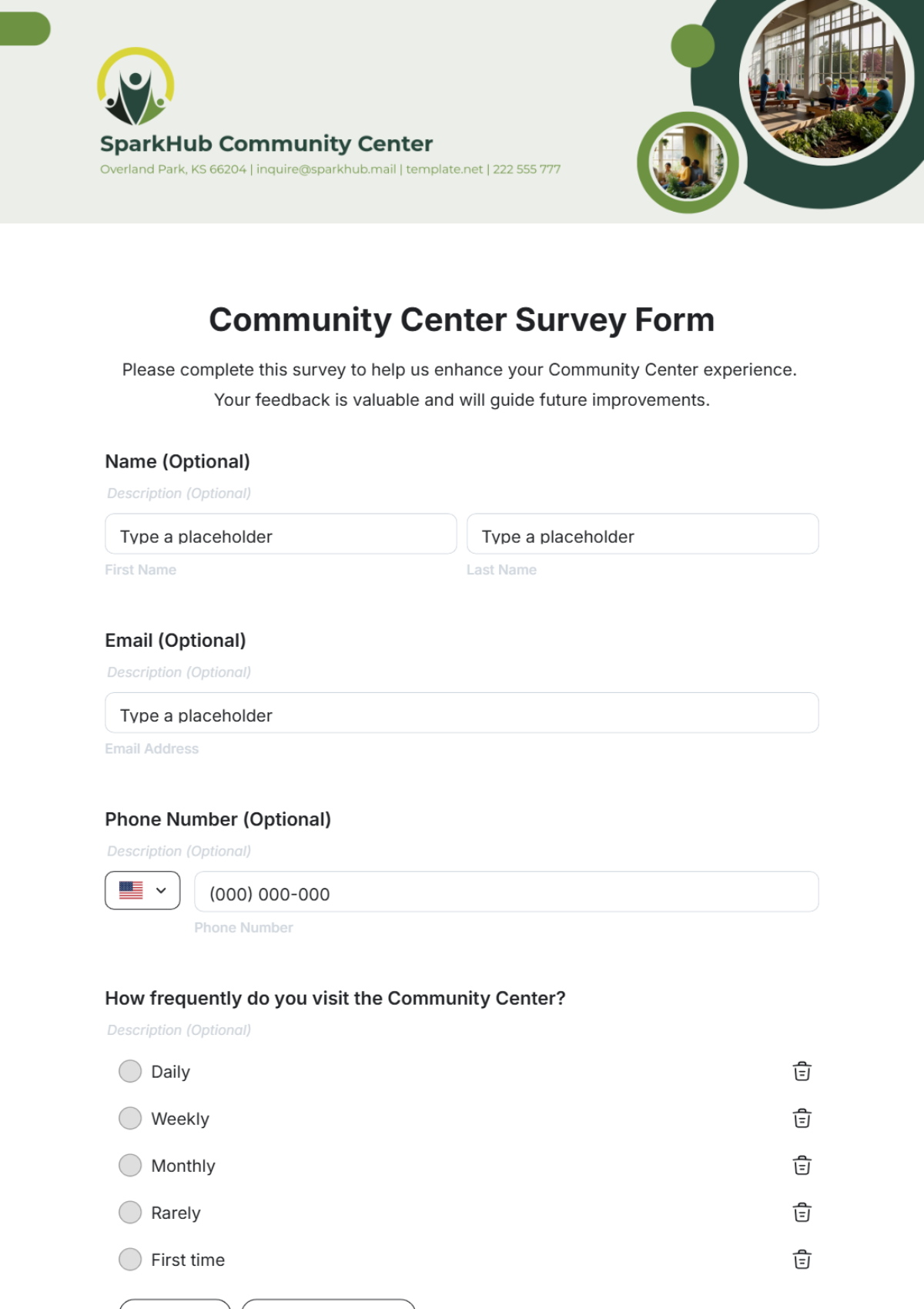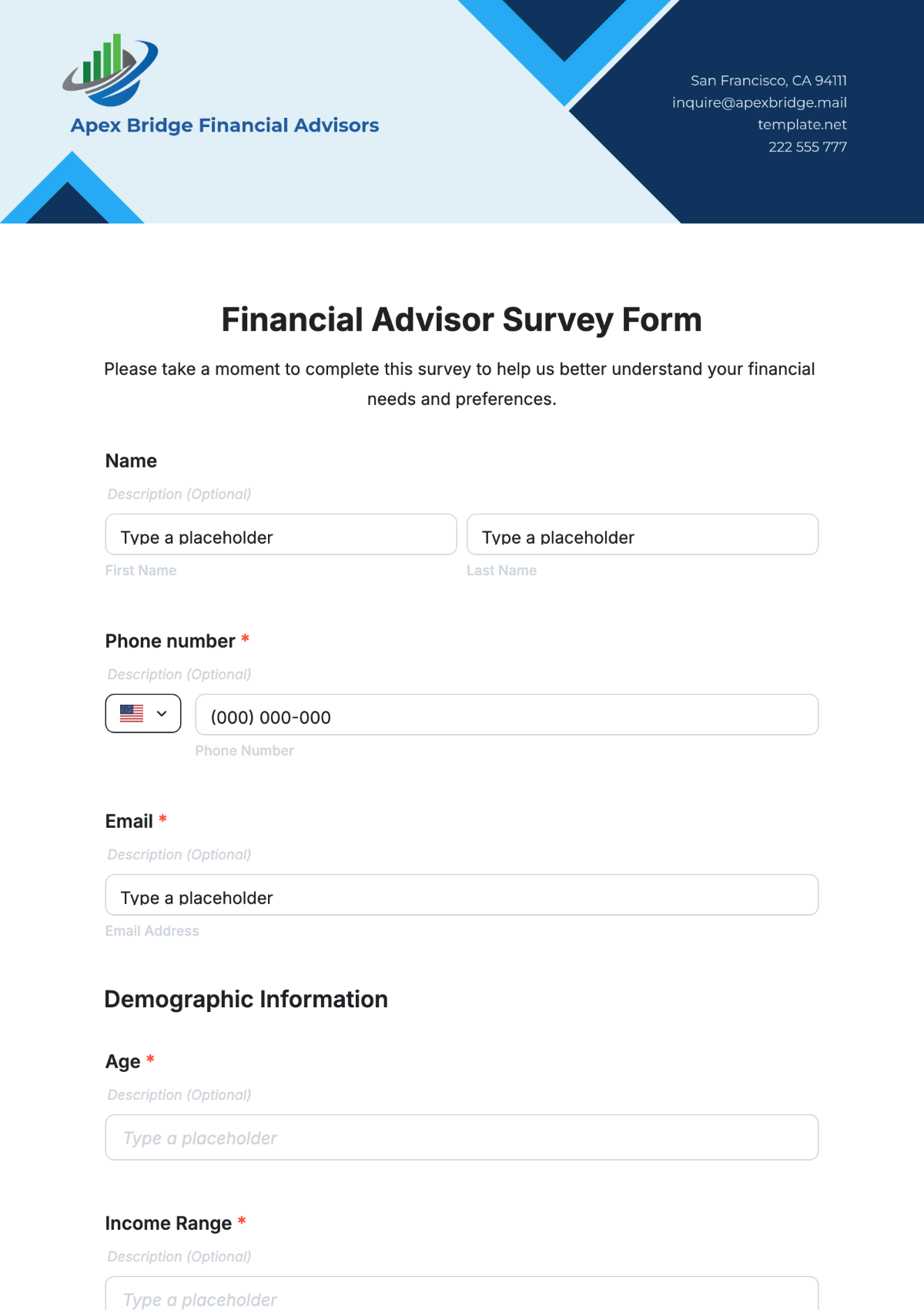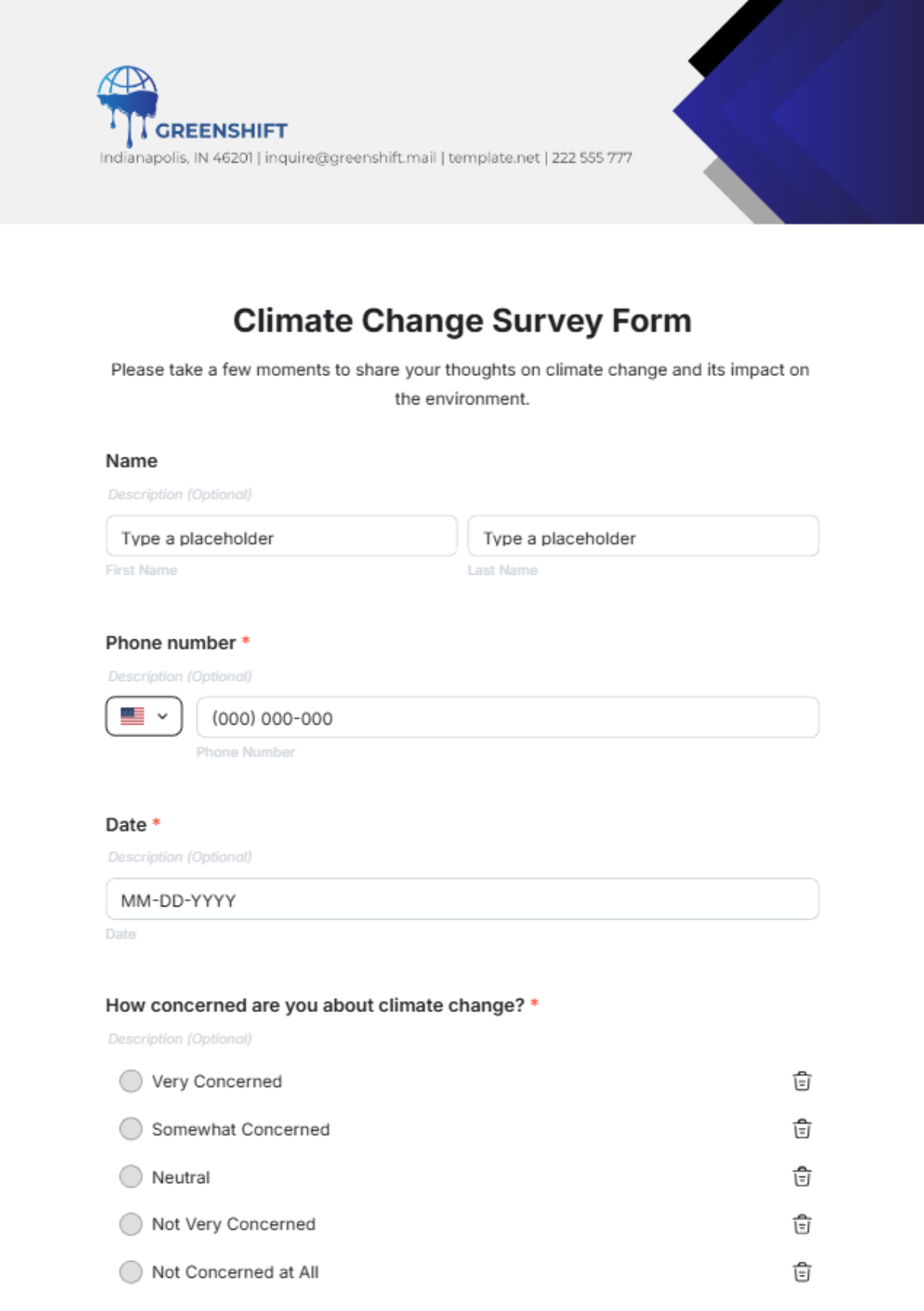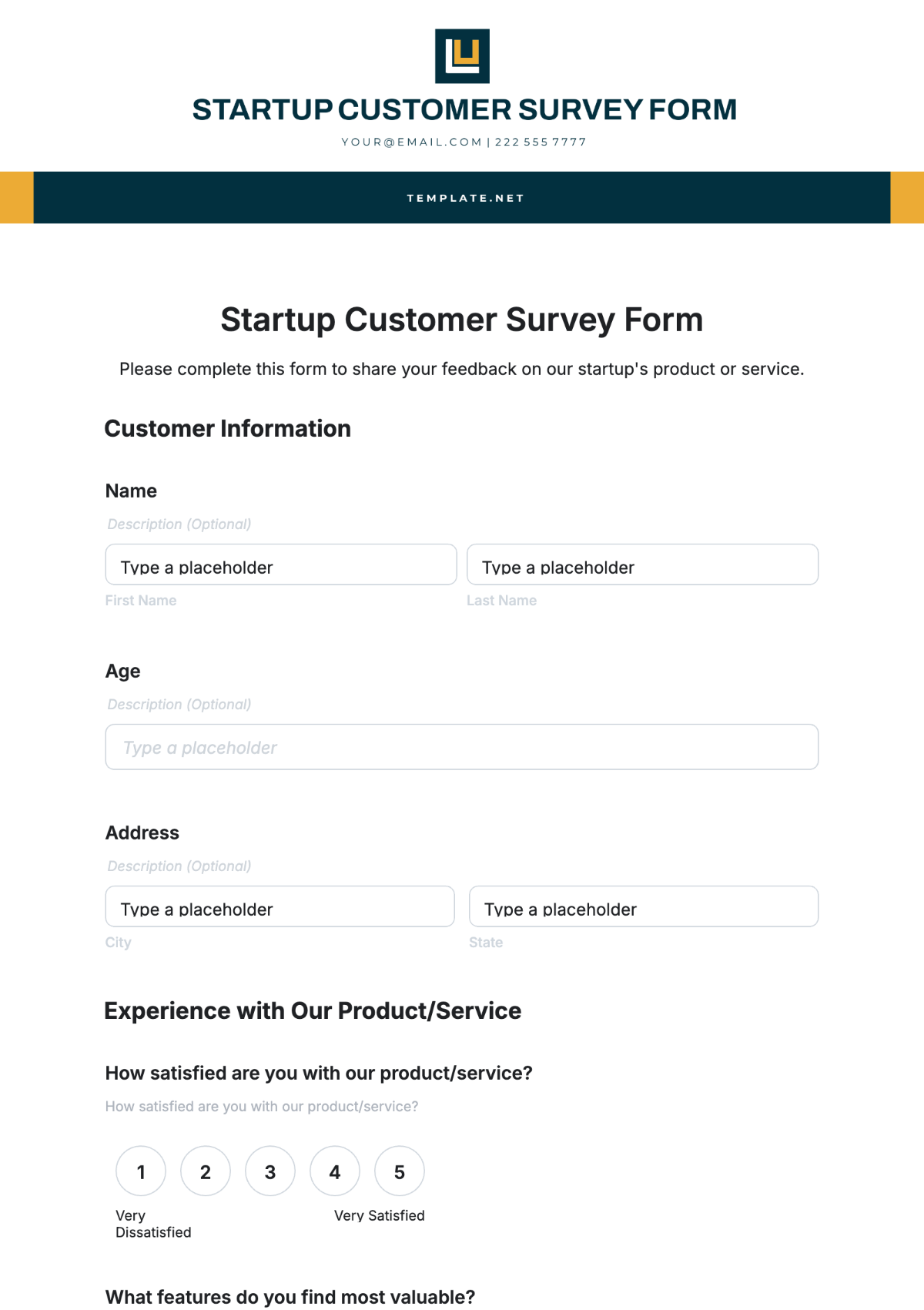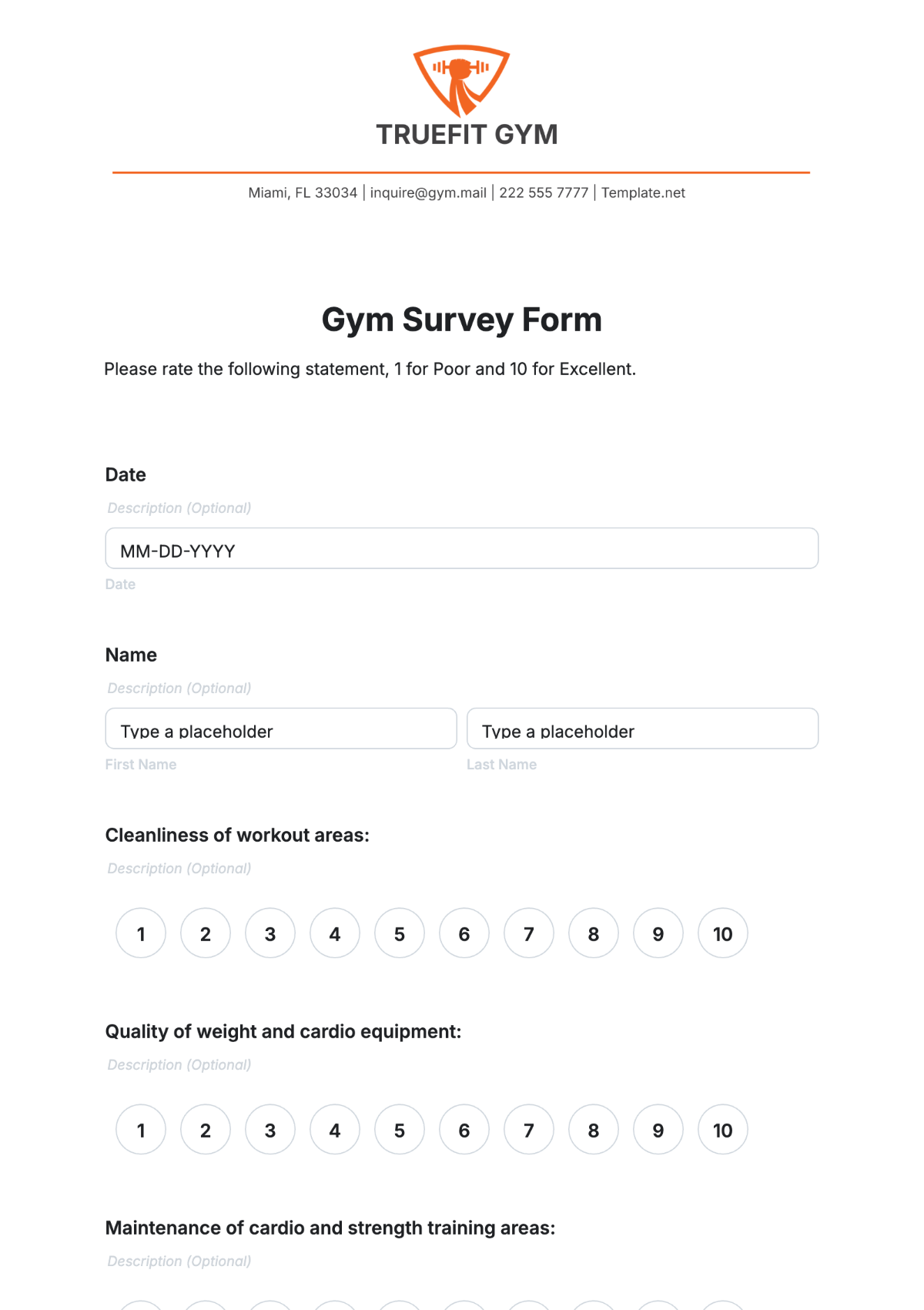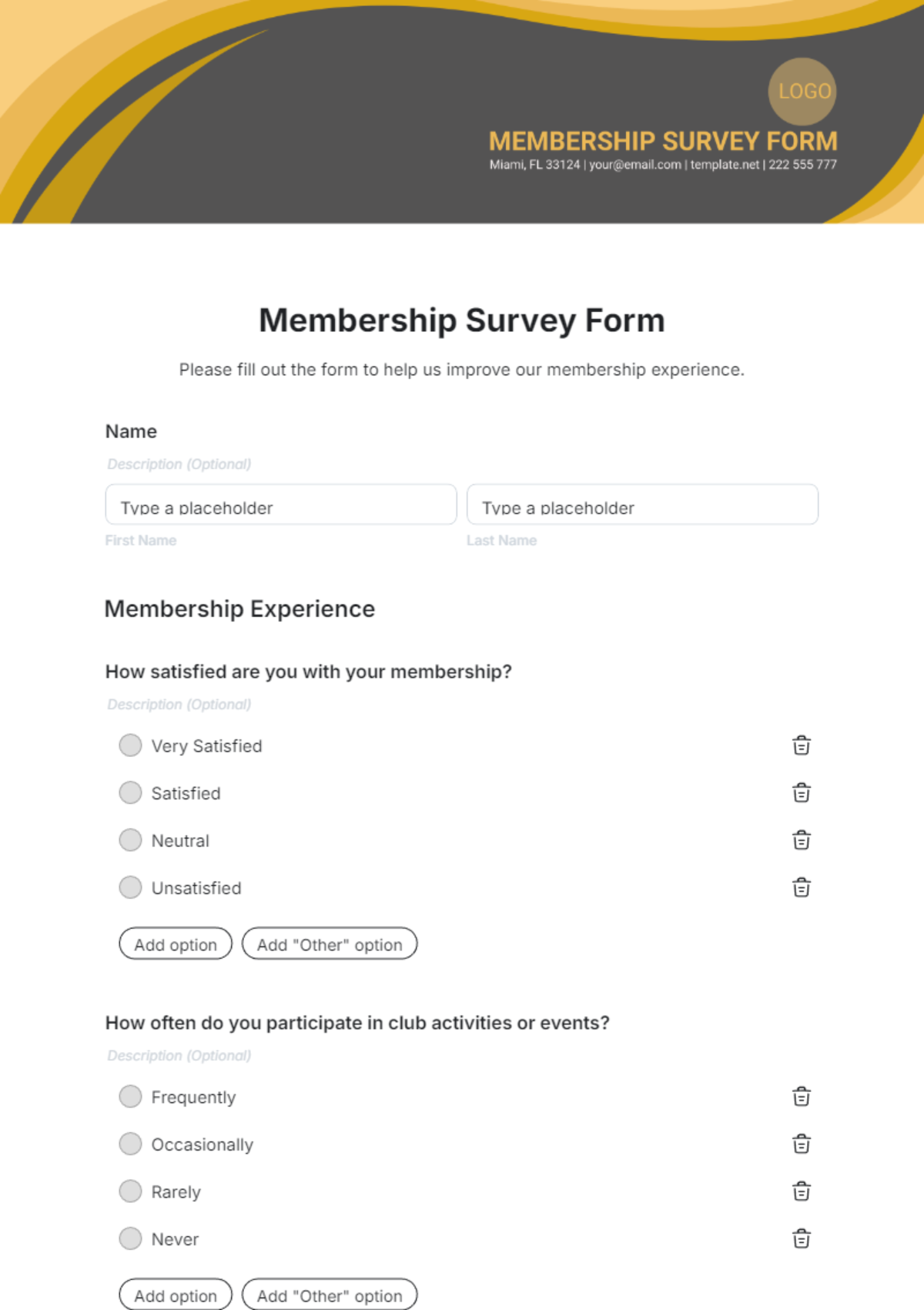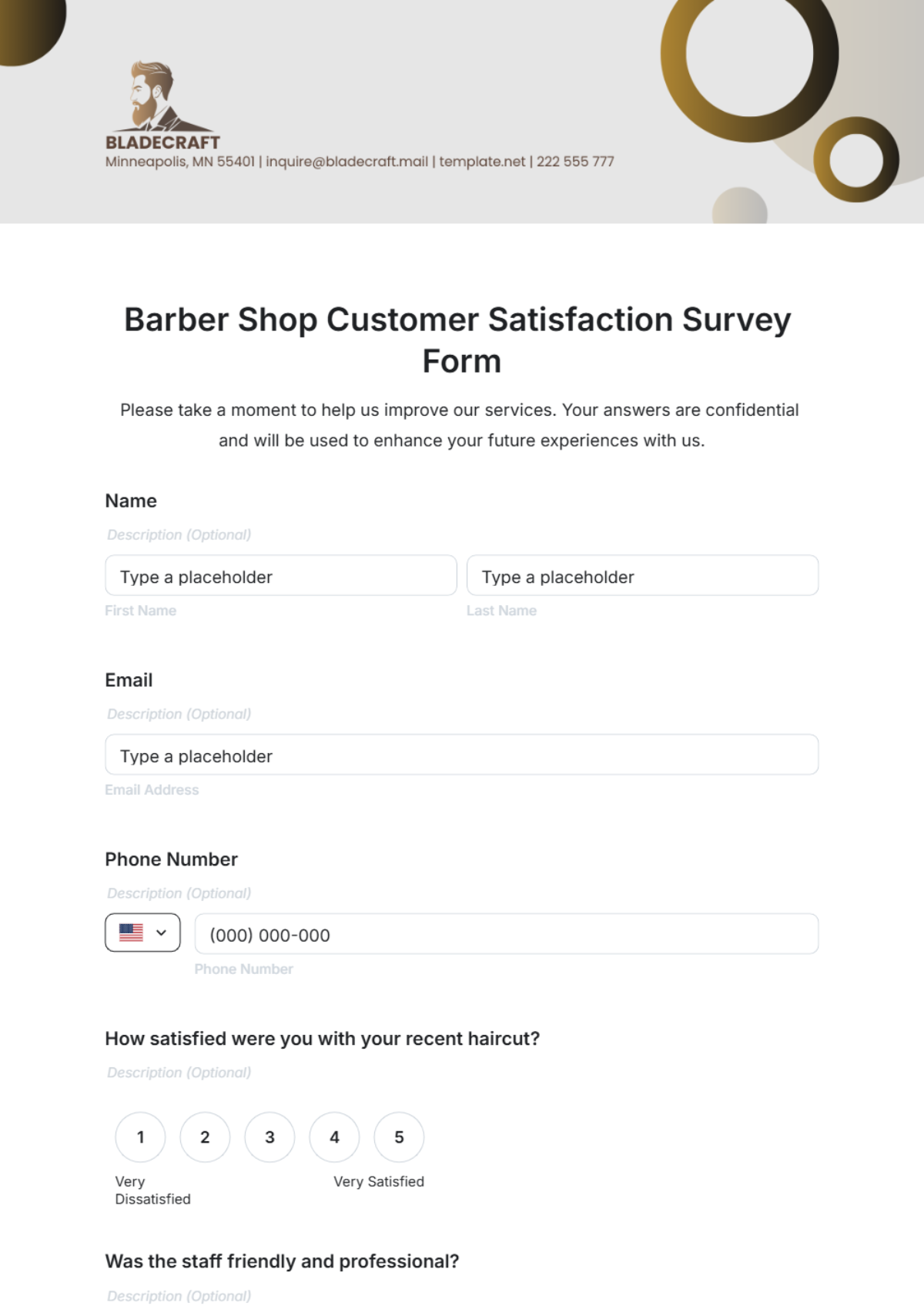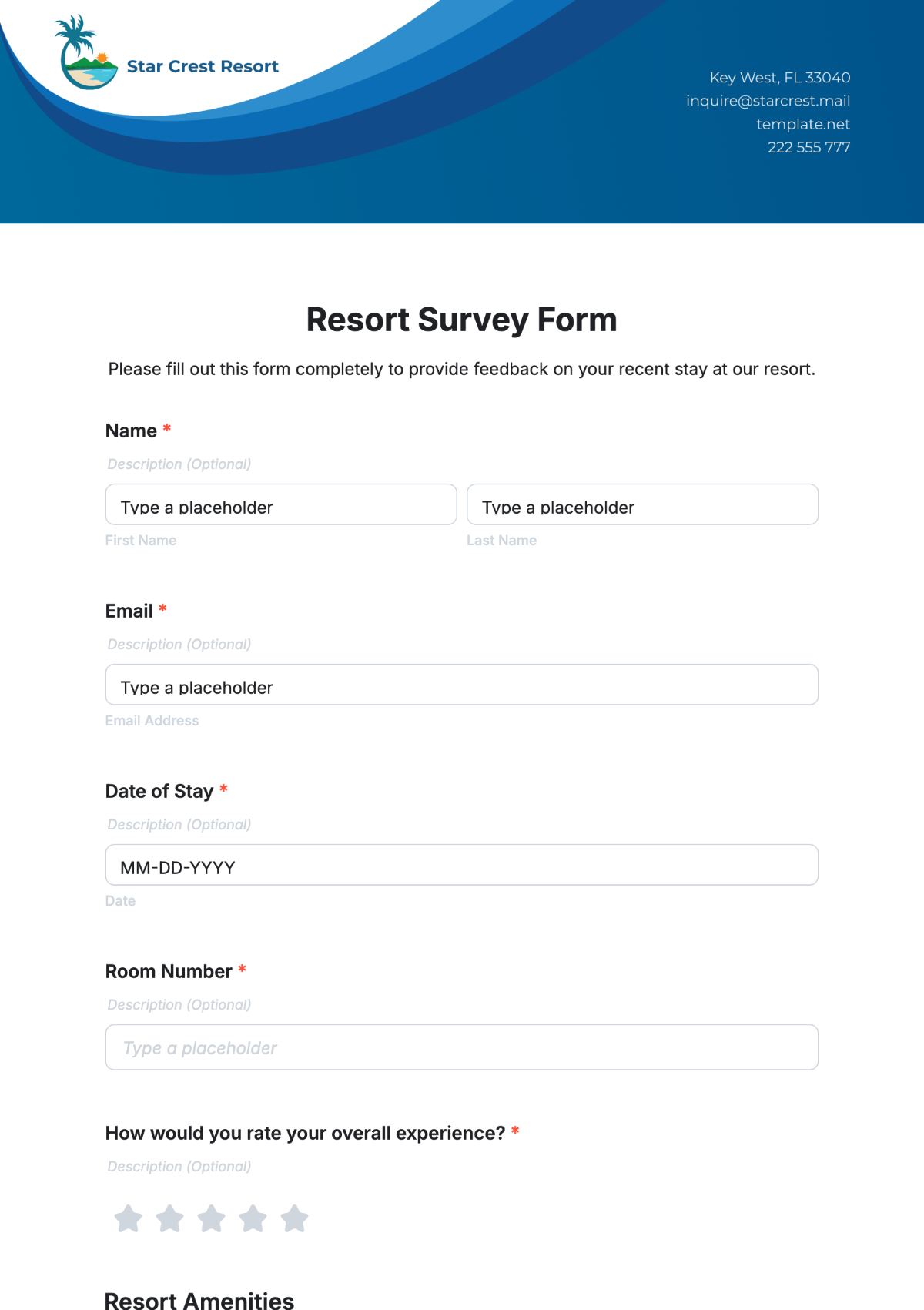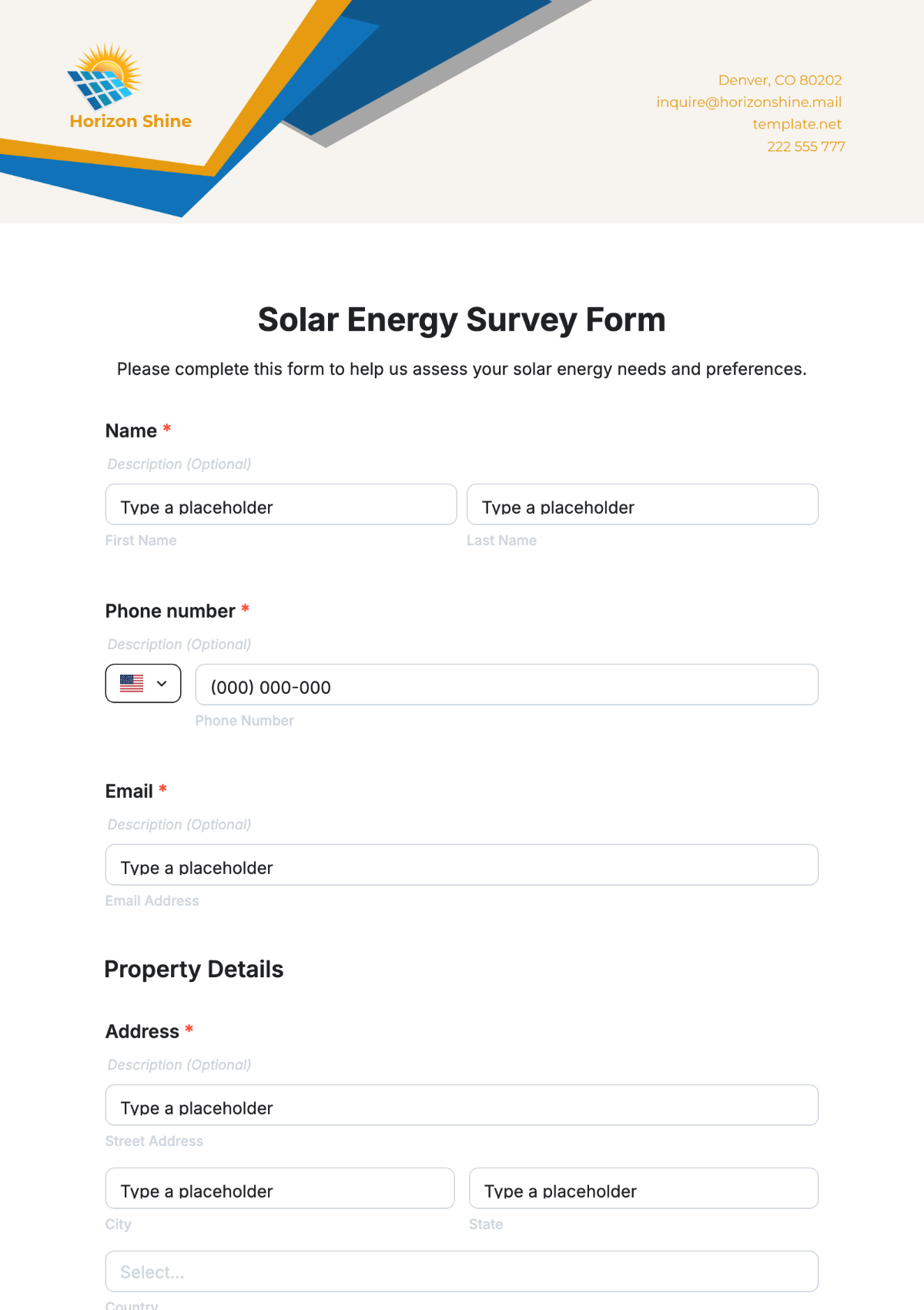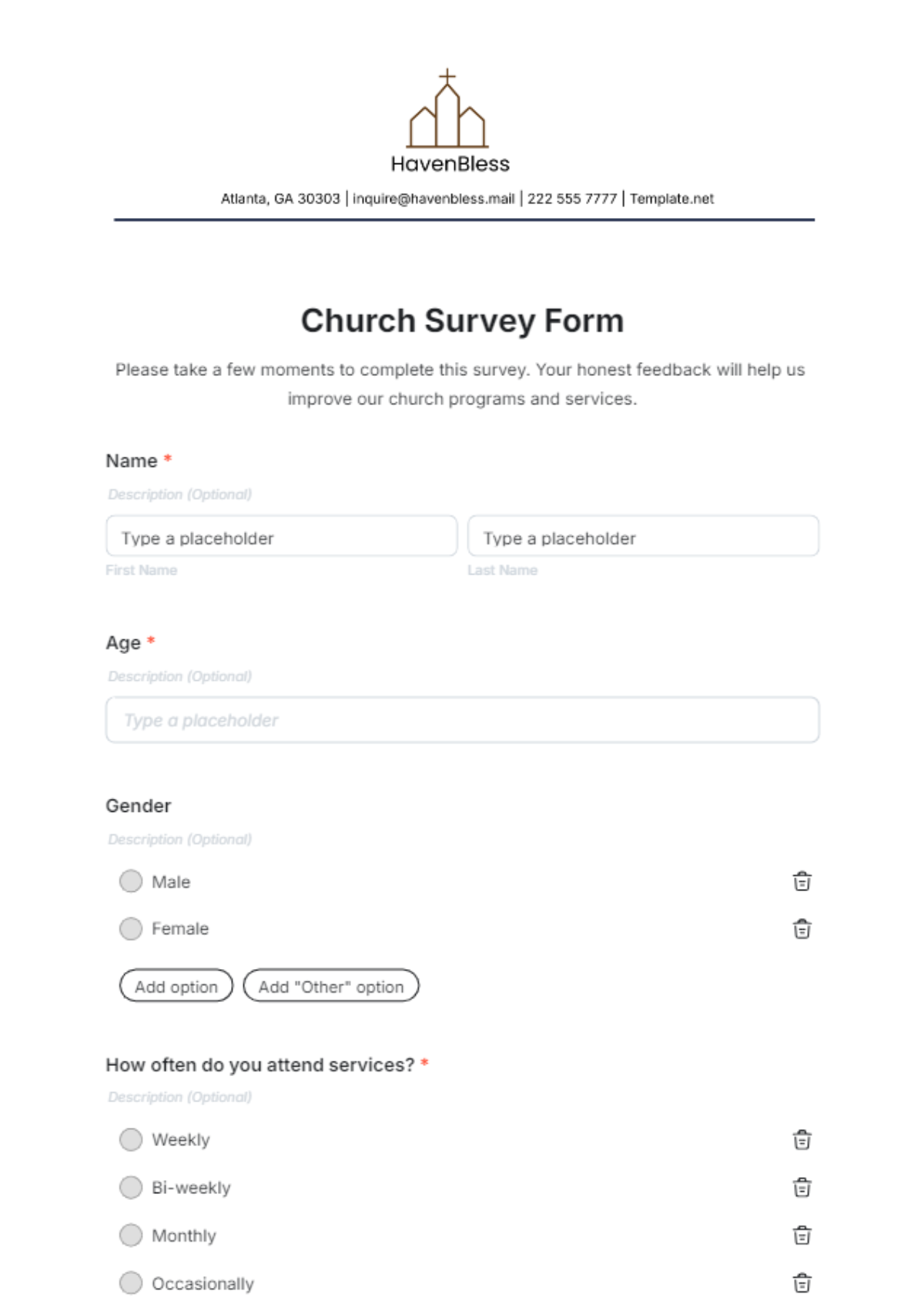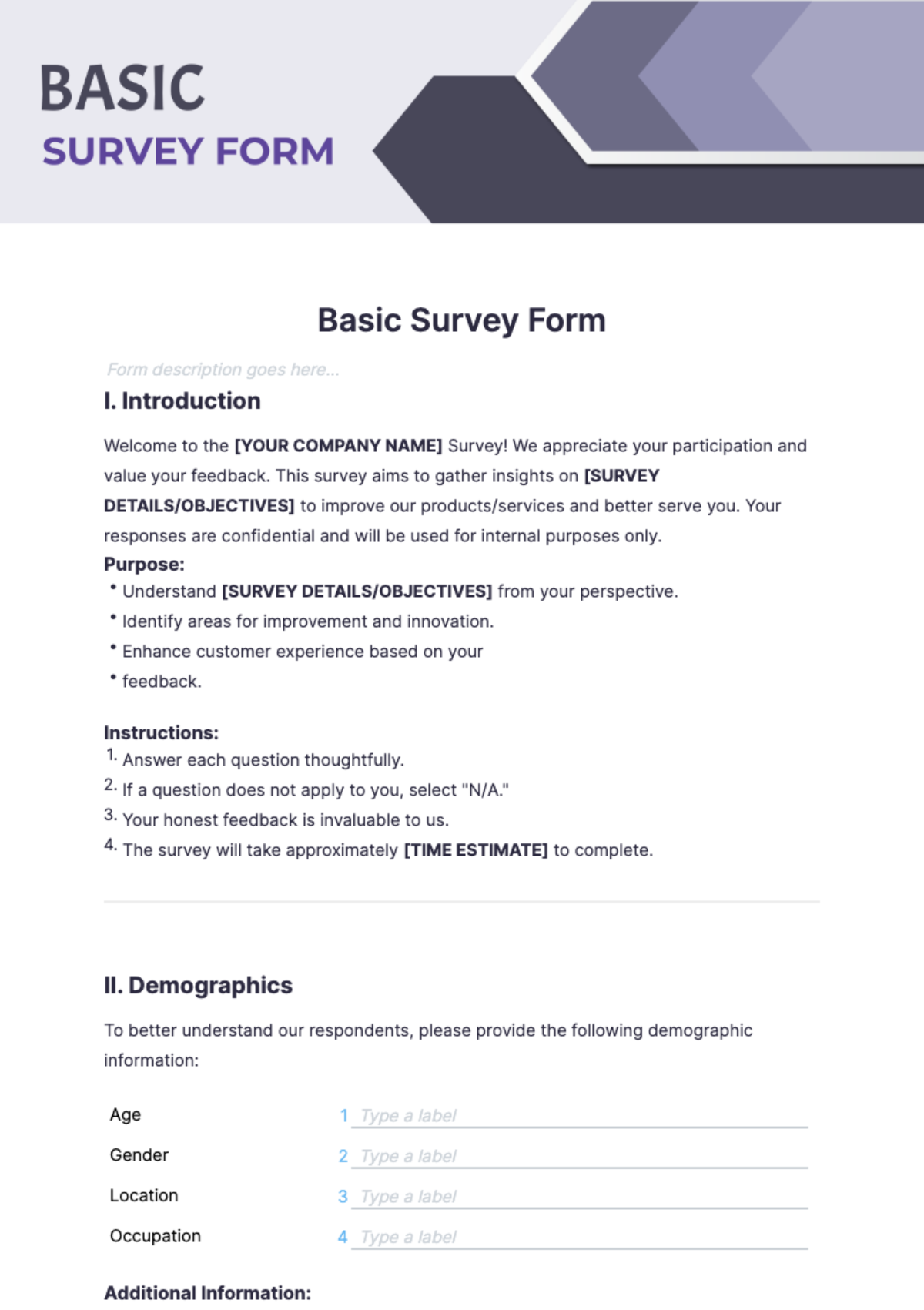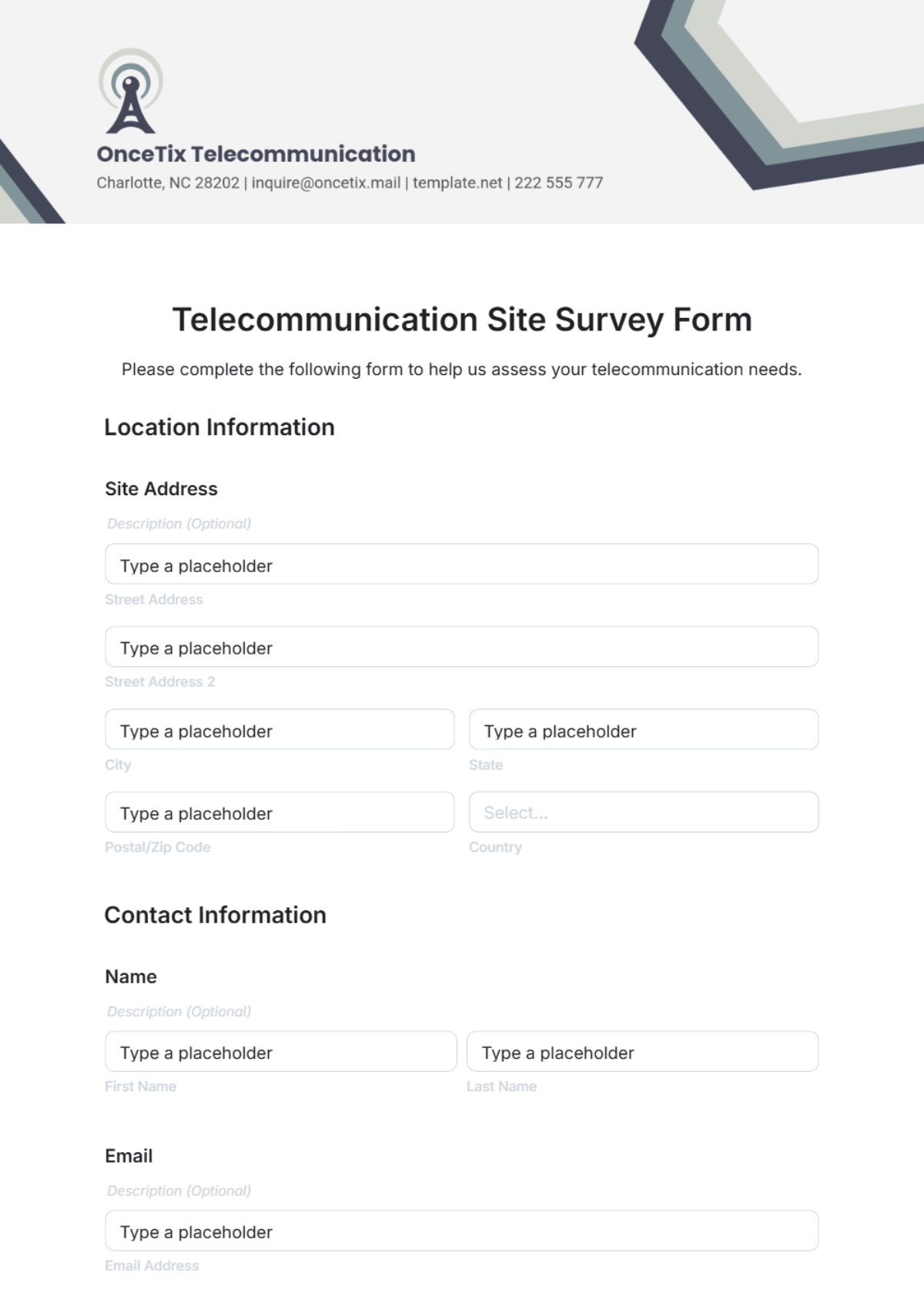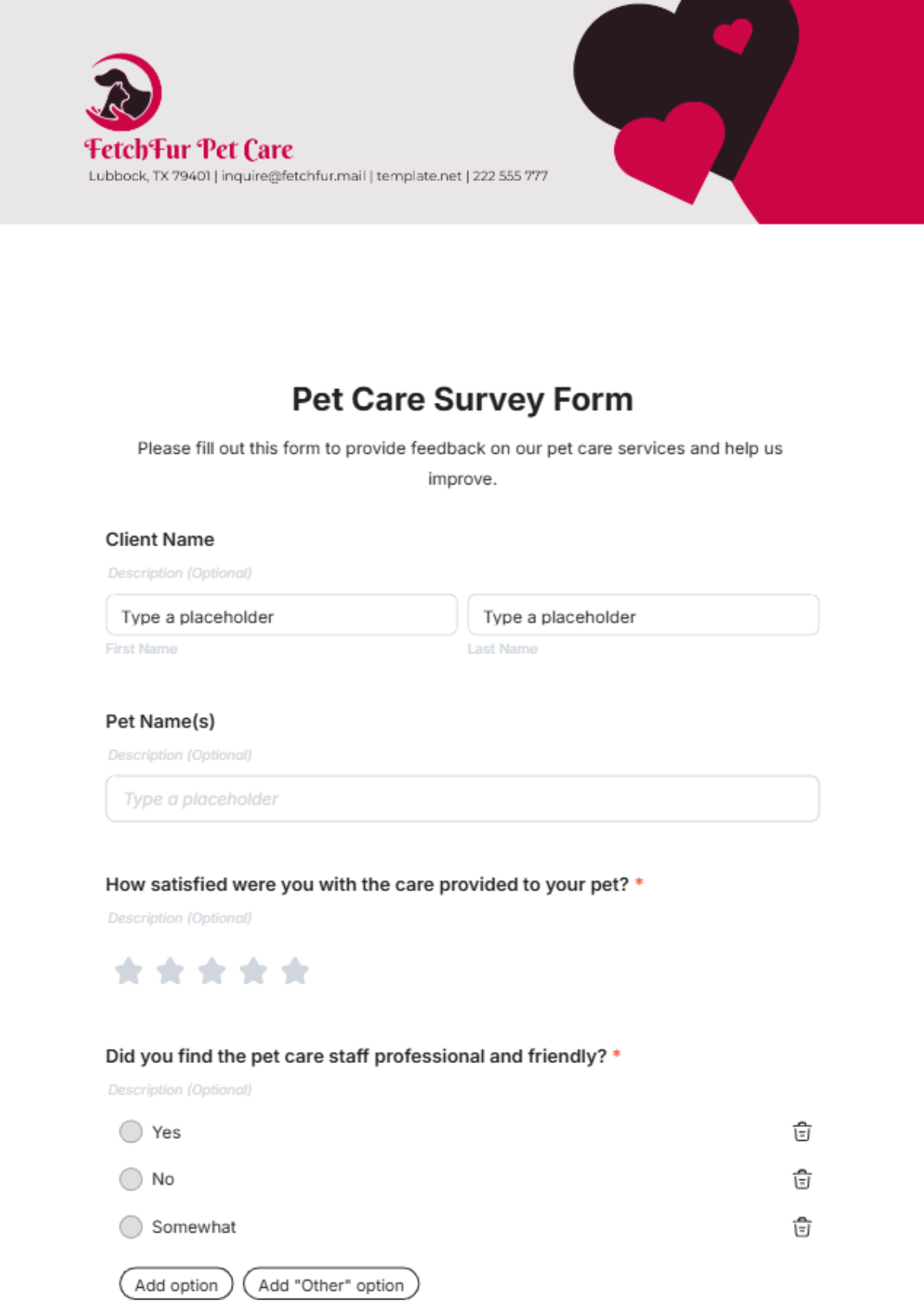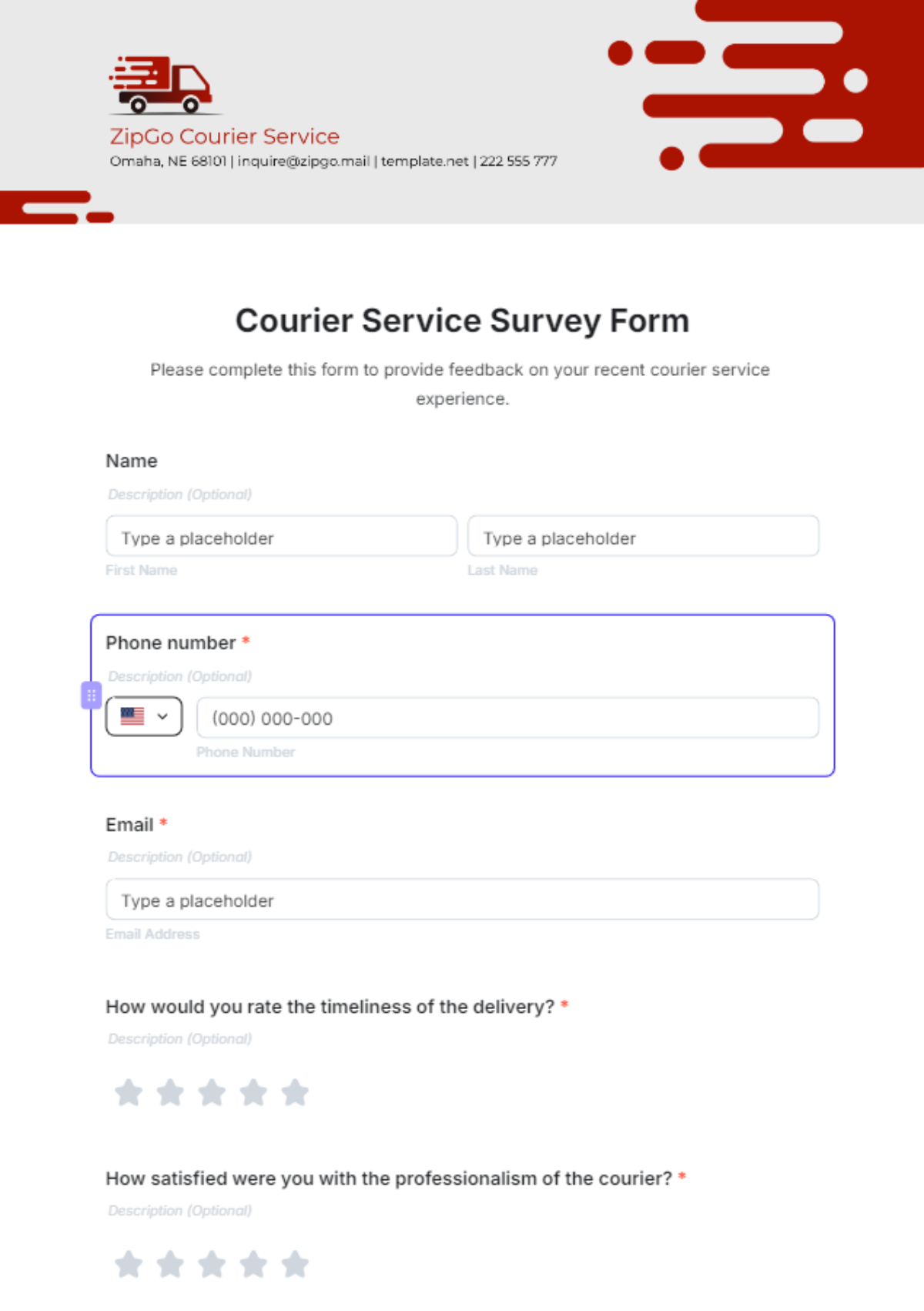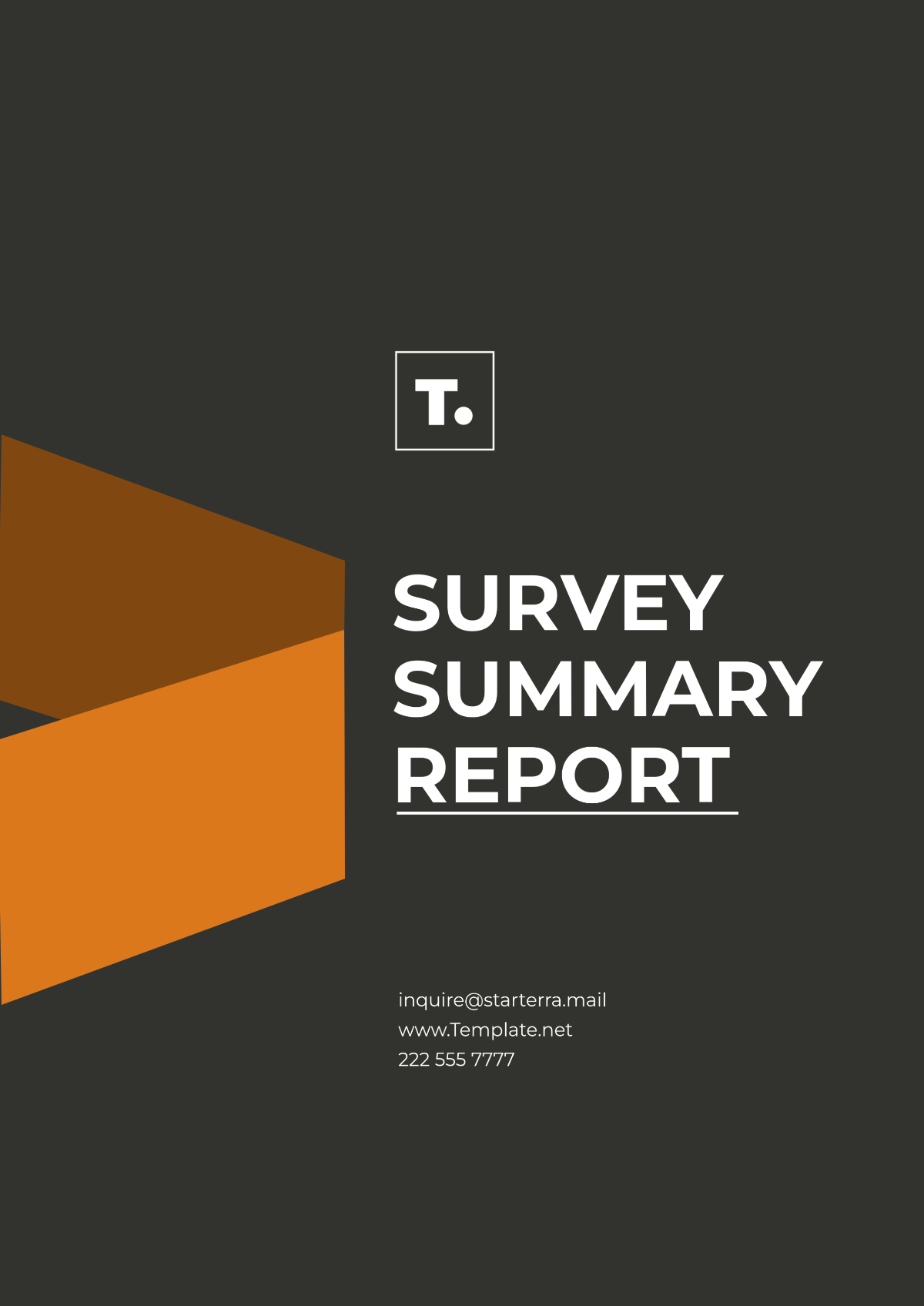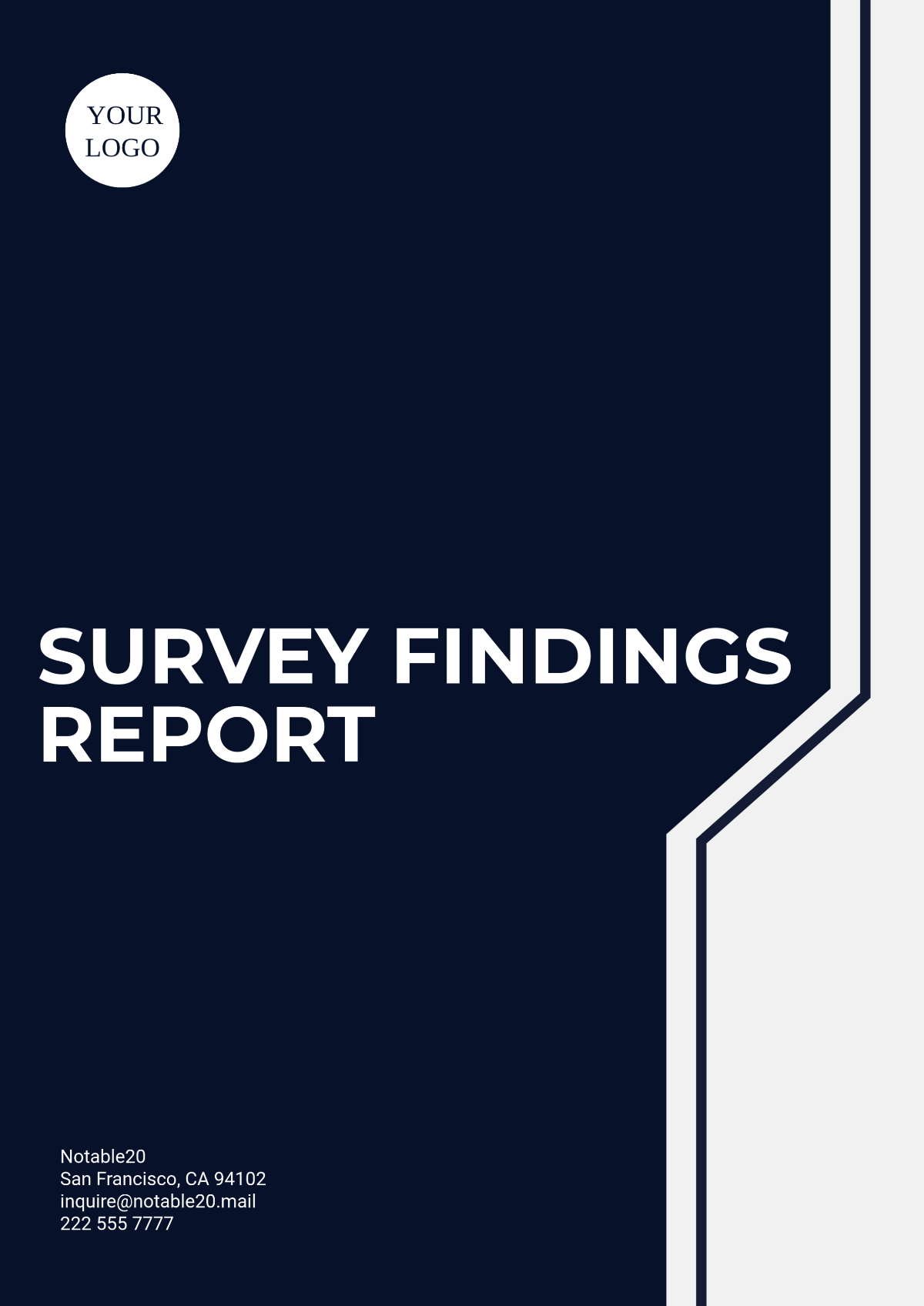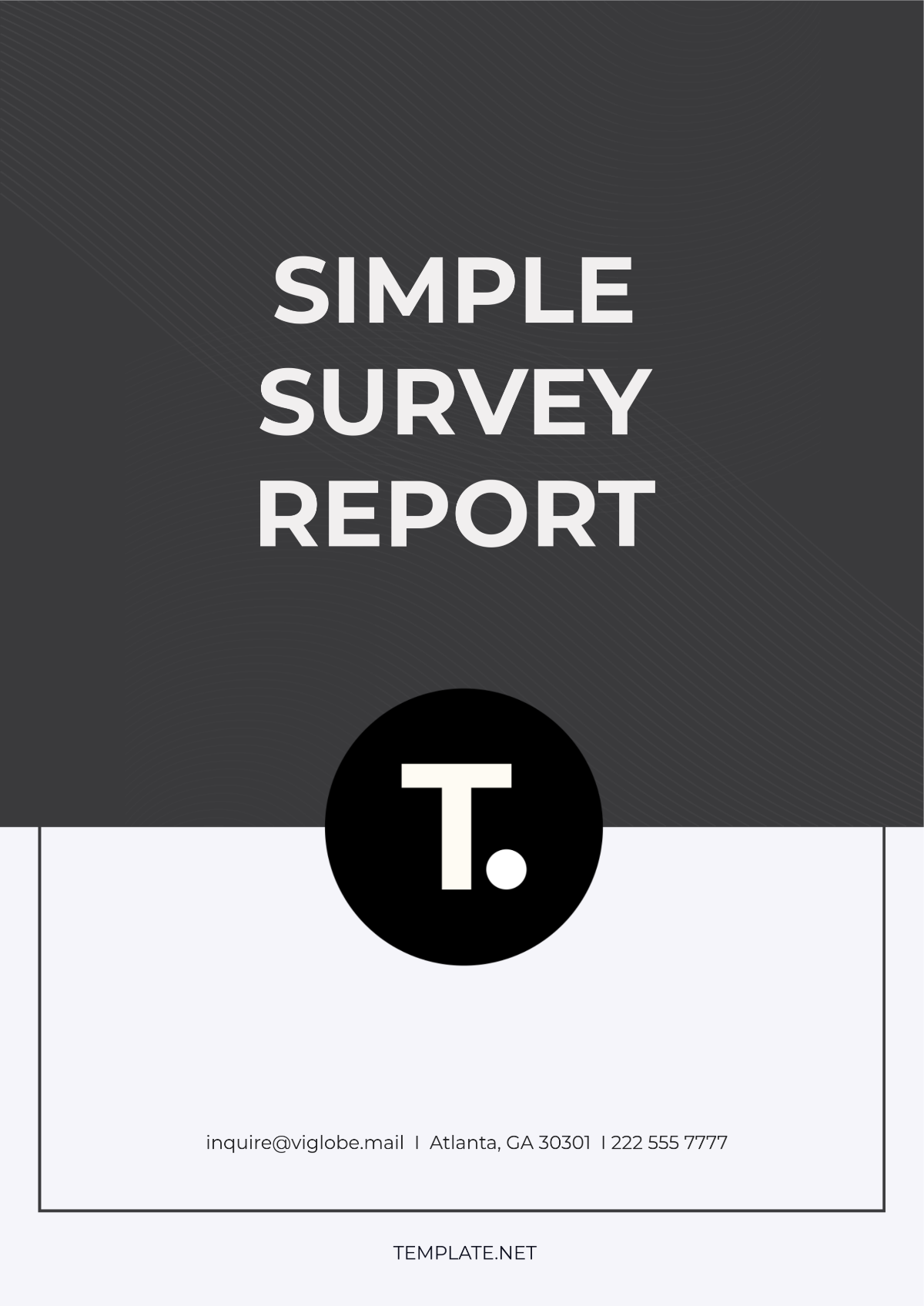Rate Optimization Survey Research
Prepared by: [YOUR NAME]
Date: [DATE]
Rate Optimization Survey Research is a structured study designed to analyze and improve pricing strategies and rate structures for products or services. This research involves gathering data on customer perceptions, competitive pricing, and market trends to help businesses adjust their rates to maximize revenue and competitiveness. This document provides a comprehensive overview of rate optimization survey research, including methodologies, key components, and best practices for implementation.
I. Introduction
The primary objective of rate optimization survey research is to gain insights into effective pricing strategies that enhance a company's competitiveness in the market while maximizing revenue. It involves the systematic collection and analysis of data on various aspects such as customer preferences, competitive landscape, and prevailing market trends.
II. Methodologies
Effective rate optimization survey research generally employs a combination of qualitative and quantitative methodologies to gather comprehensive data. The following methods are commonly used:
Surveys: Structured questionnaires designed to collect data from customers regarding their perceptions of pricing, willingness to pay, and preferred price points.
Interviews: One-on-one discussions with key stakeholders, including customers, industry experts, and sales teams to gain deeper insights into pricing dynamics.
Competitive Analysis: Evaluating pricing strategies and structures of competitors to understand market positioning and identify opportunities for differentiation.
Market Analysis: Studying industry reports, market trends, and economic indicators to forecast pricing fluctuations and customer demand.
III. Key Components
Rate optimization survey research comprises several critical components that contribute to its effectiveness. These include:
A. Data Collection
Accurate and reliable data collection is fundamental to rate optimization. This phase involves:
Designing comprehensive survey instruments in alignment with research objectives.
Utilizing multiple data sources, including primary surveys, secondary data, and market reports.
Ensuring a representative sample for meaningful insights.
B. Data Analysis
Analyzing the collected data helps in drawing actionable insights. The analysis includes:
Applying statistical tools and techniques to identify trends and patterns.
Comparing data against competitive benchmarks.
Segmenting data based on customer demographics, psychographics, and behavior.
C. Strategy Formulation
Developing pricing strategies based on the analyzed data involves:
Setting pricing objectives aligned with business goals.
Utilizing pricing models like cost-plus, value-based, and dynamic pricing.
Conducting sensitivity analyses to predict customer responses to price changes.
IV. Best Practices
Implementing best practices ensures the effectiveness and reliability of rate optimization survey research:
Continuous Monitoring: Regularly update and review pricing strategies based on market changes and new data.
Customer Feedback Loop: Incorporate ongoing customer feedback for continual refinement of pricing structures.
Collaborative Approach: Engage cross-functional teams, including marketing, sales, and finance, for holistic strategy development.
Advanced Analytics: Leverage advanced analytics and machine learning for predictive insights and automation.
V. Conclusion
Rate optimization survey research is a crucial tool for businesses aiming to refine their pricing strategies and improve their market position. By systematically gathering and analyzing data on customer preferences, competitive pricing, and market trends, companies can make informed decisions that drive revenue growth and enhance competitiveness.
VI. References
Smith, J. (2050). Pricing Strategies for Competitive Advantage. New York: Business Insights Publishers.
Doe, A., & Roe, J. (2051). Market Trends and Pricing Analysis. Journal of Business Economics, 34(2), 112-126.
Johnson, P. (2052). Customer Perceptions and Pricing Strategies. Journal of Consumer Research, 45(3), 220-234.

